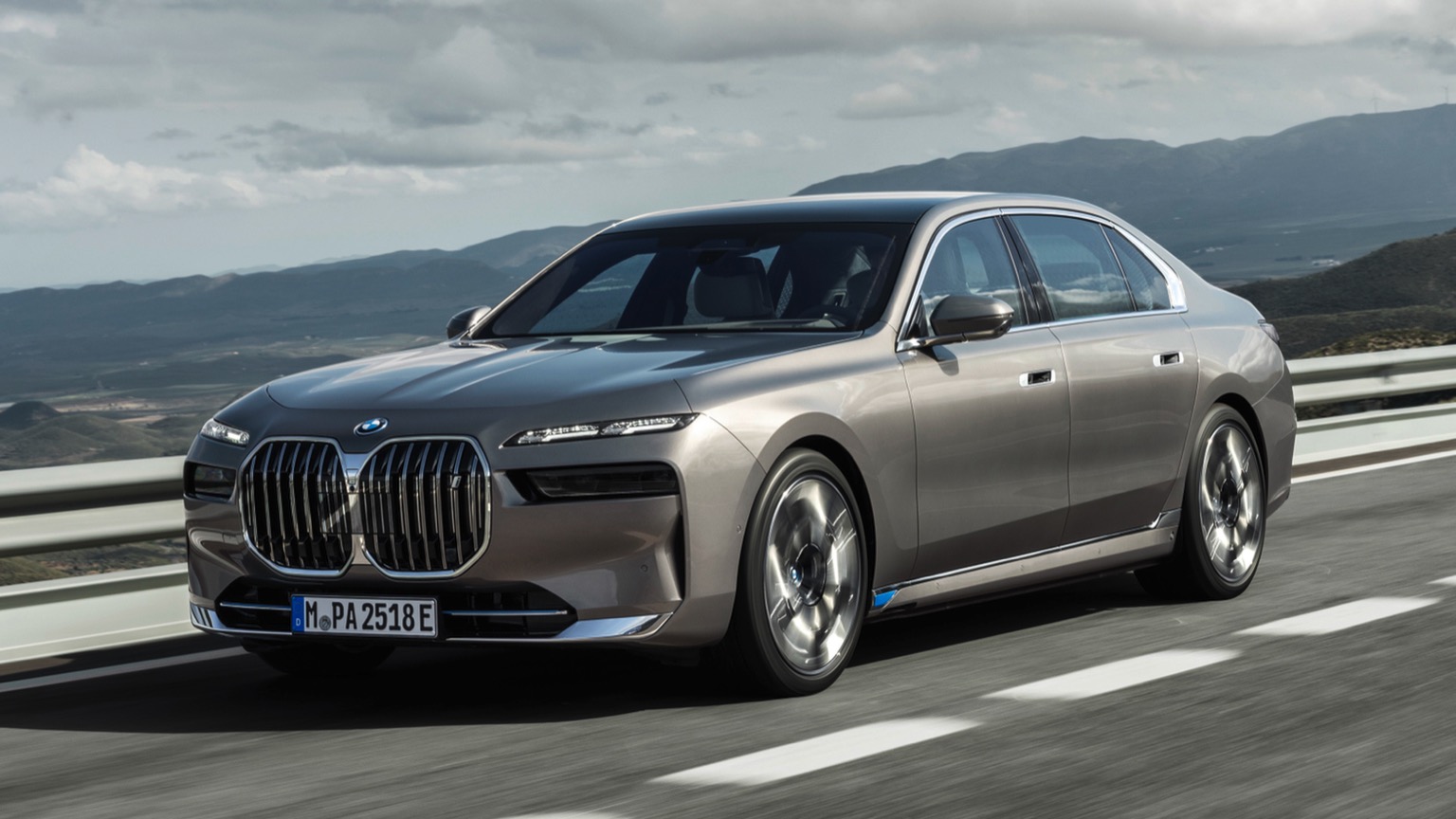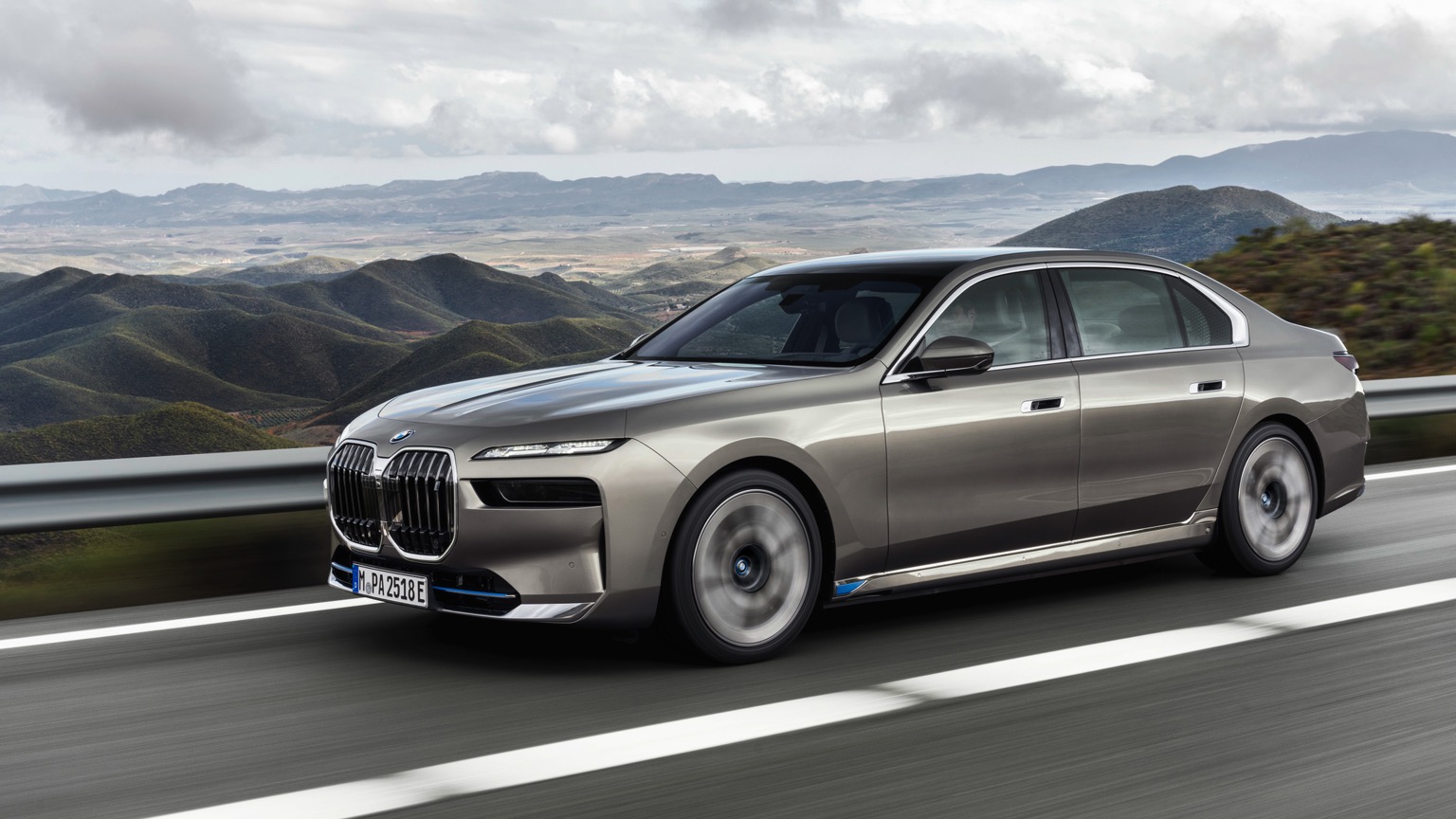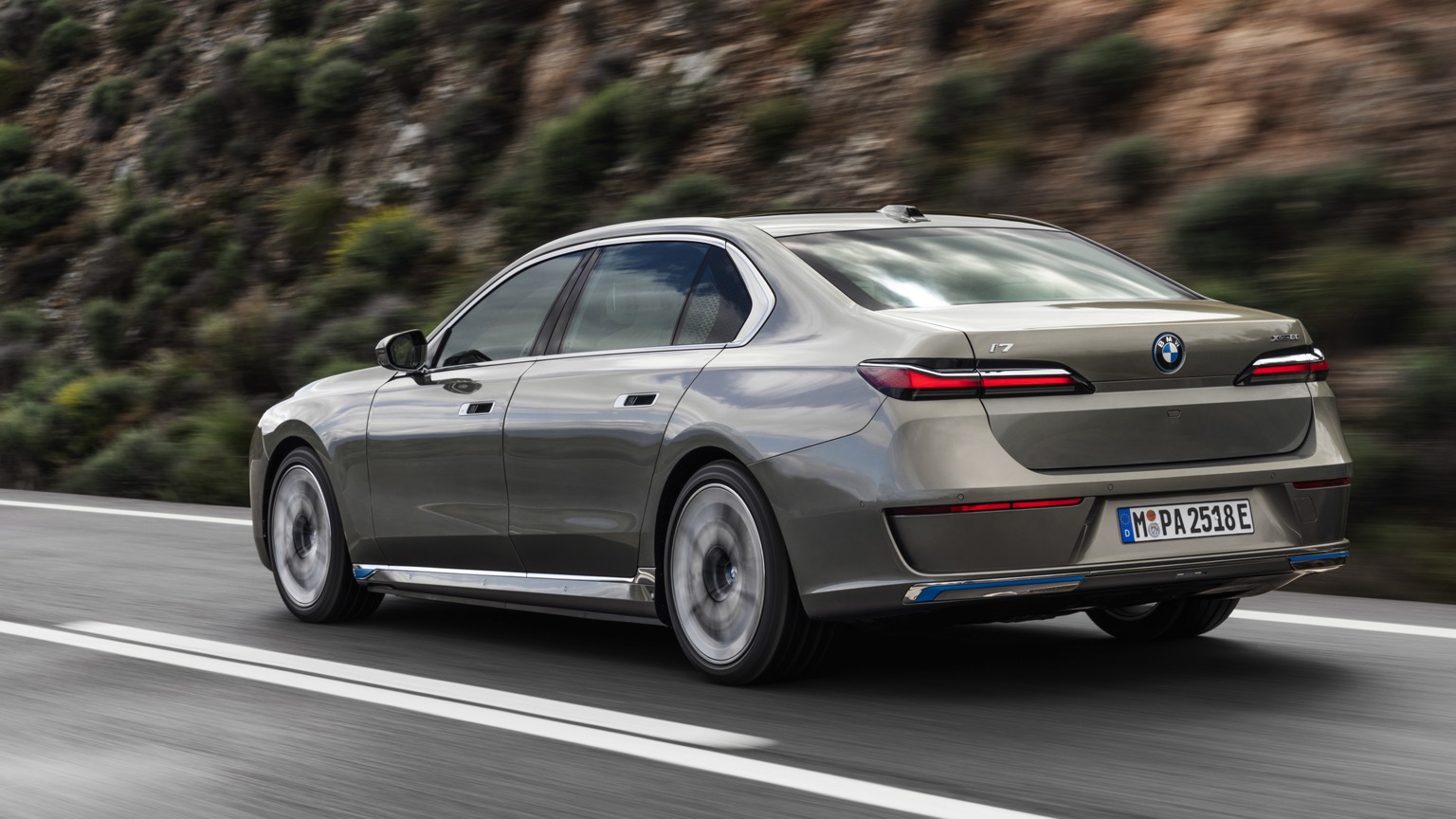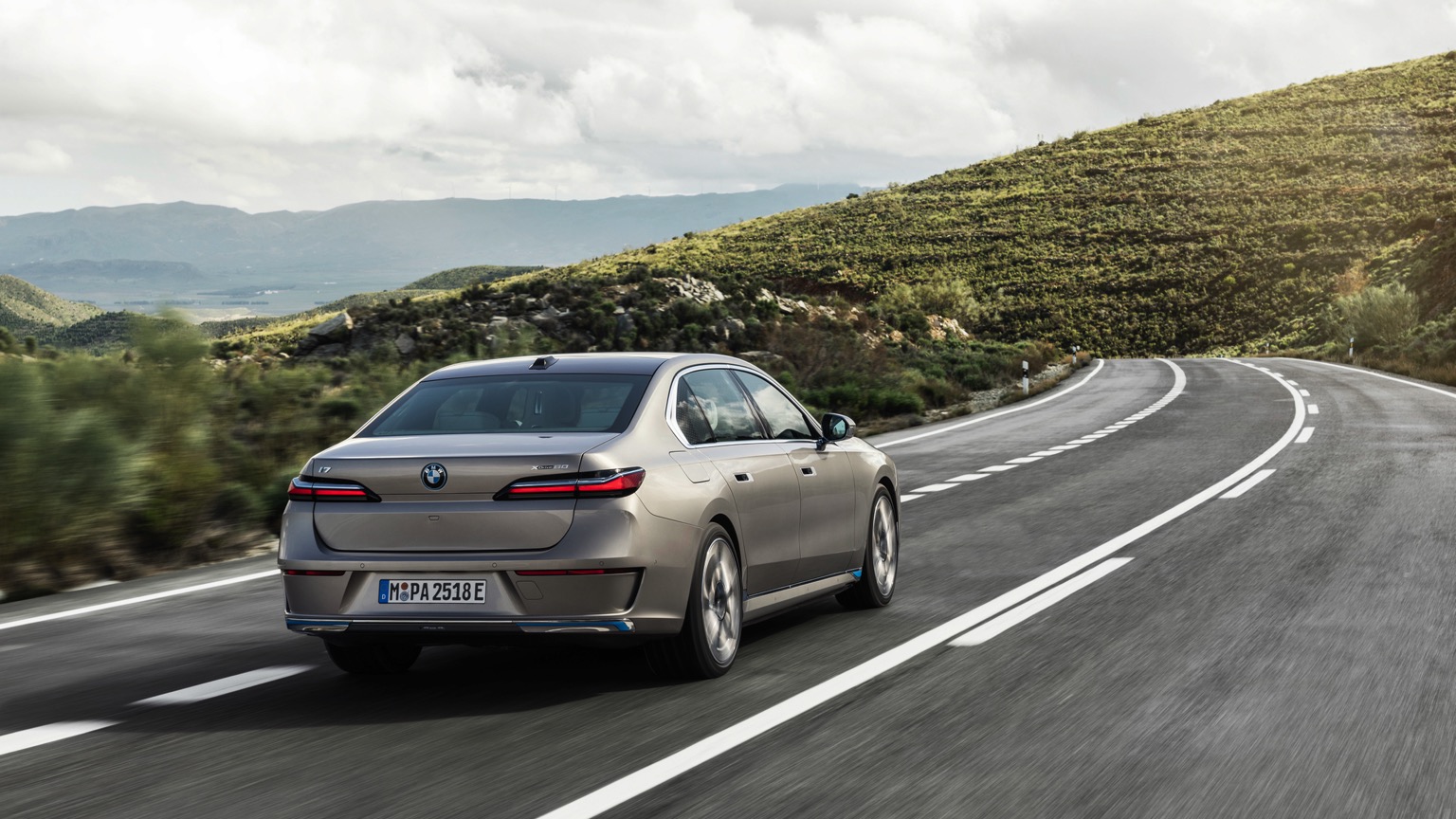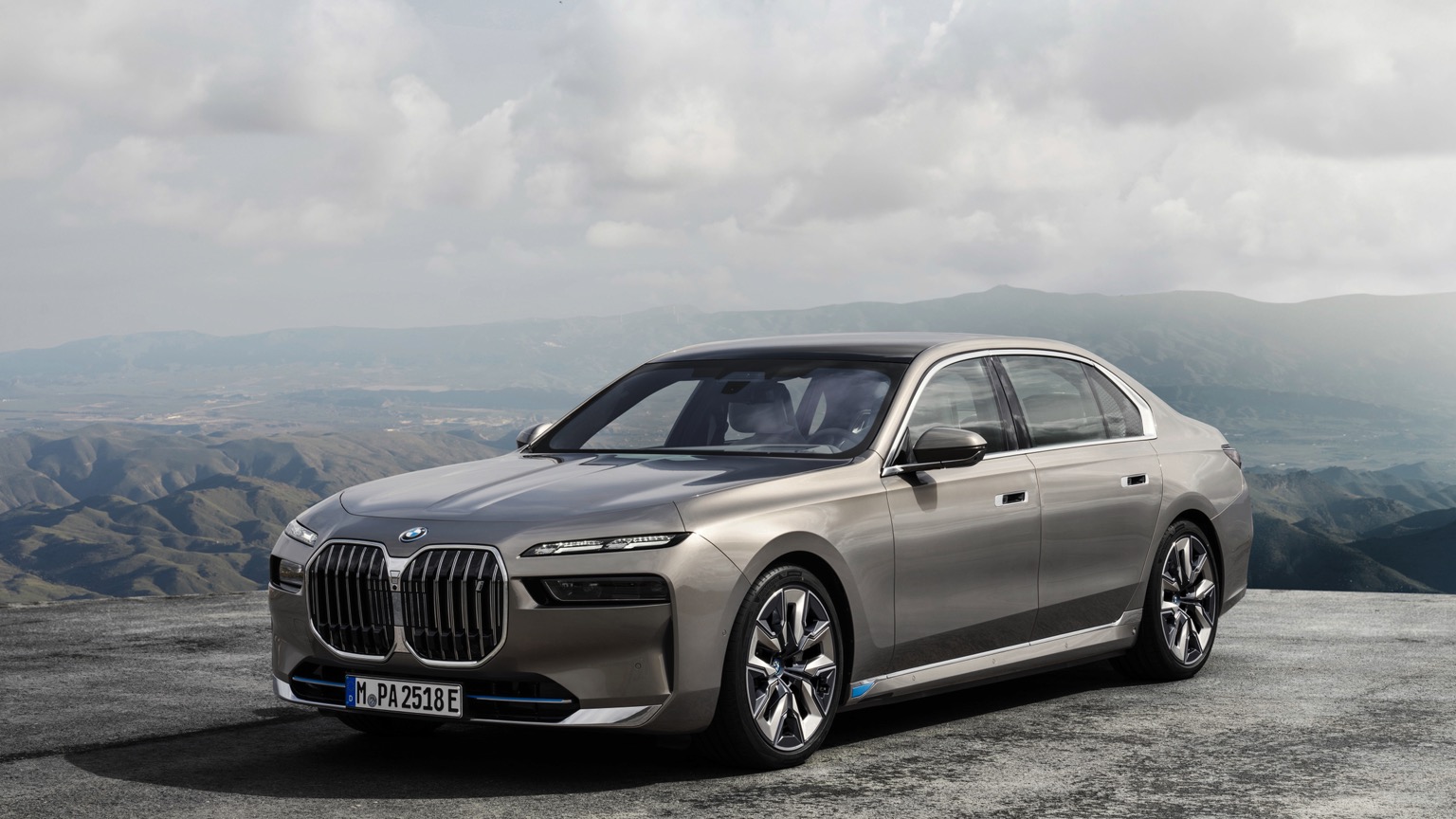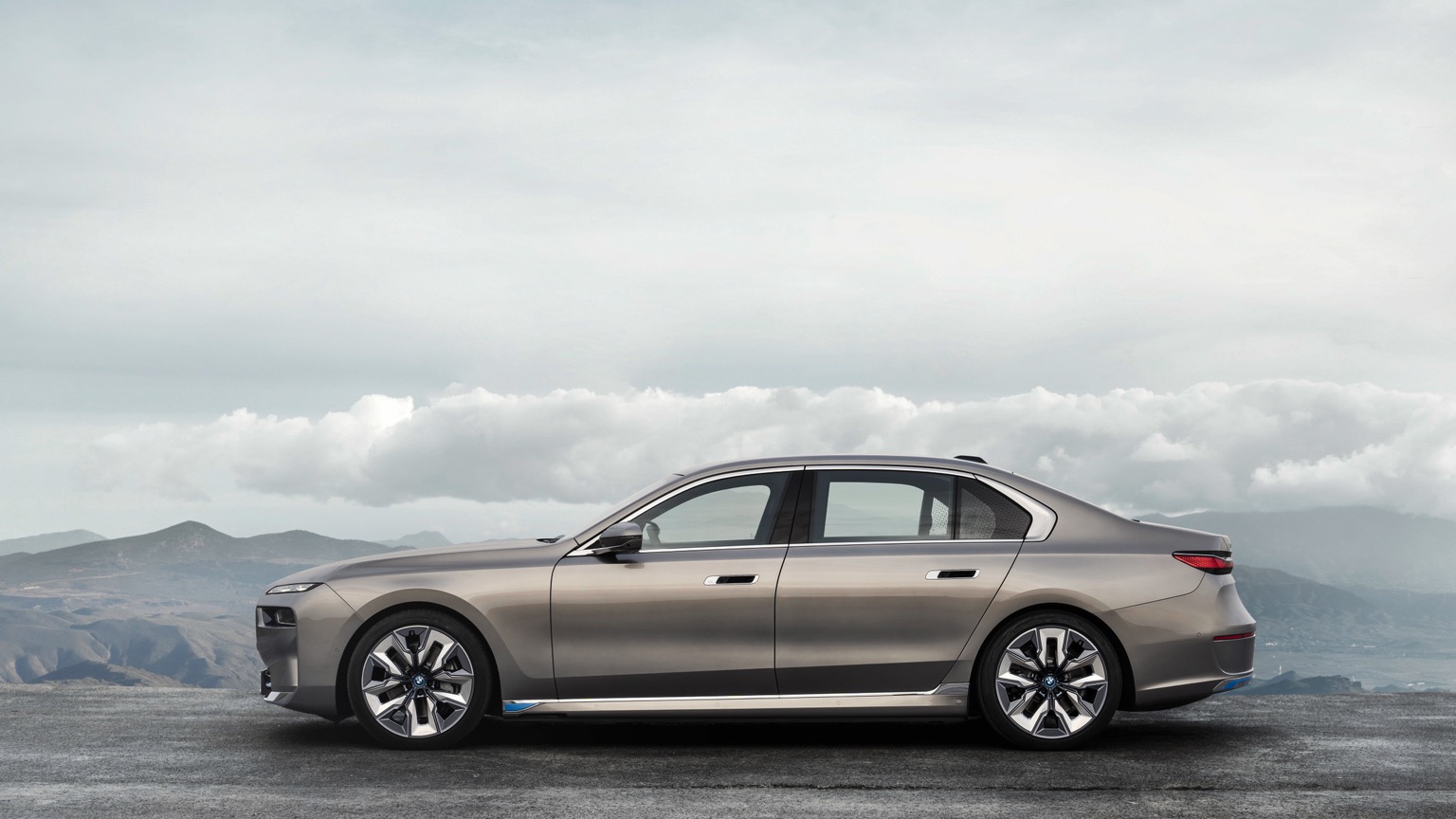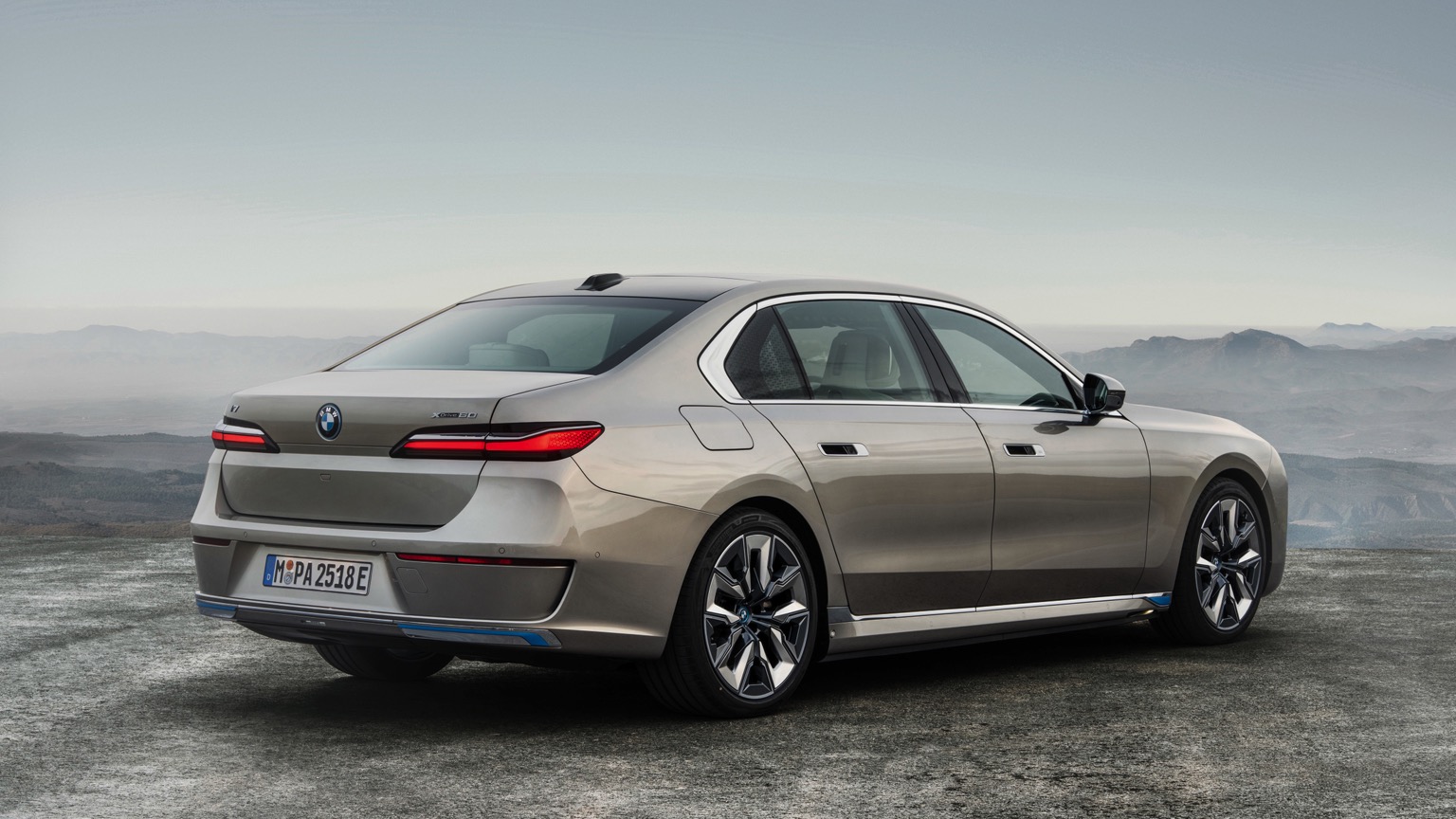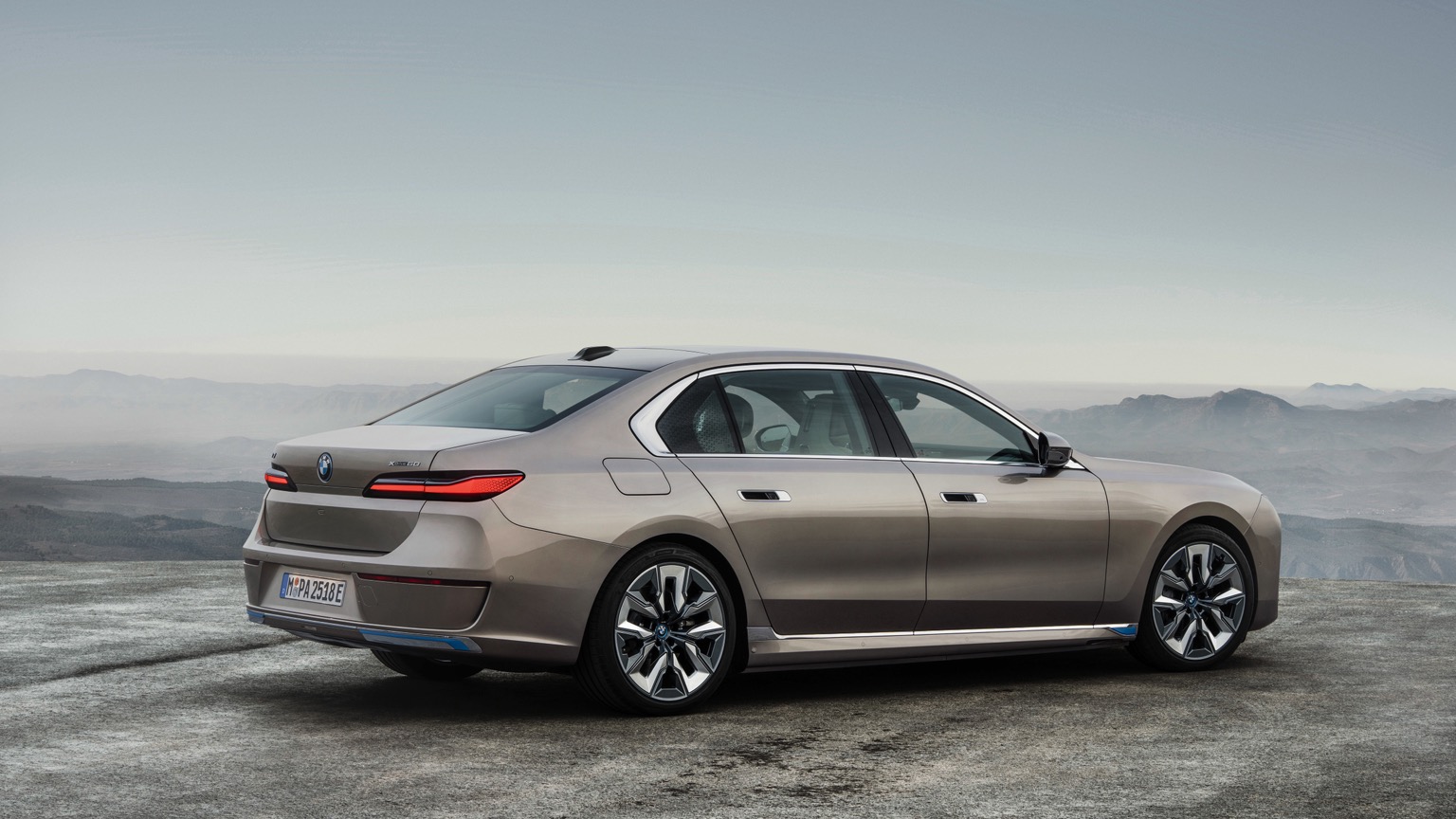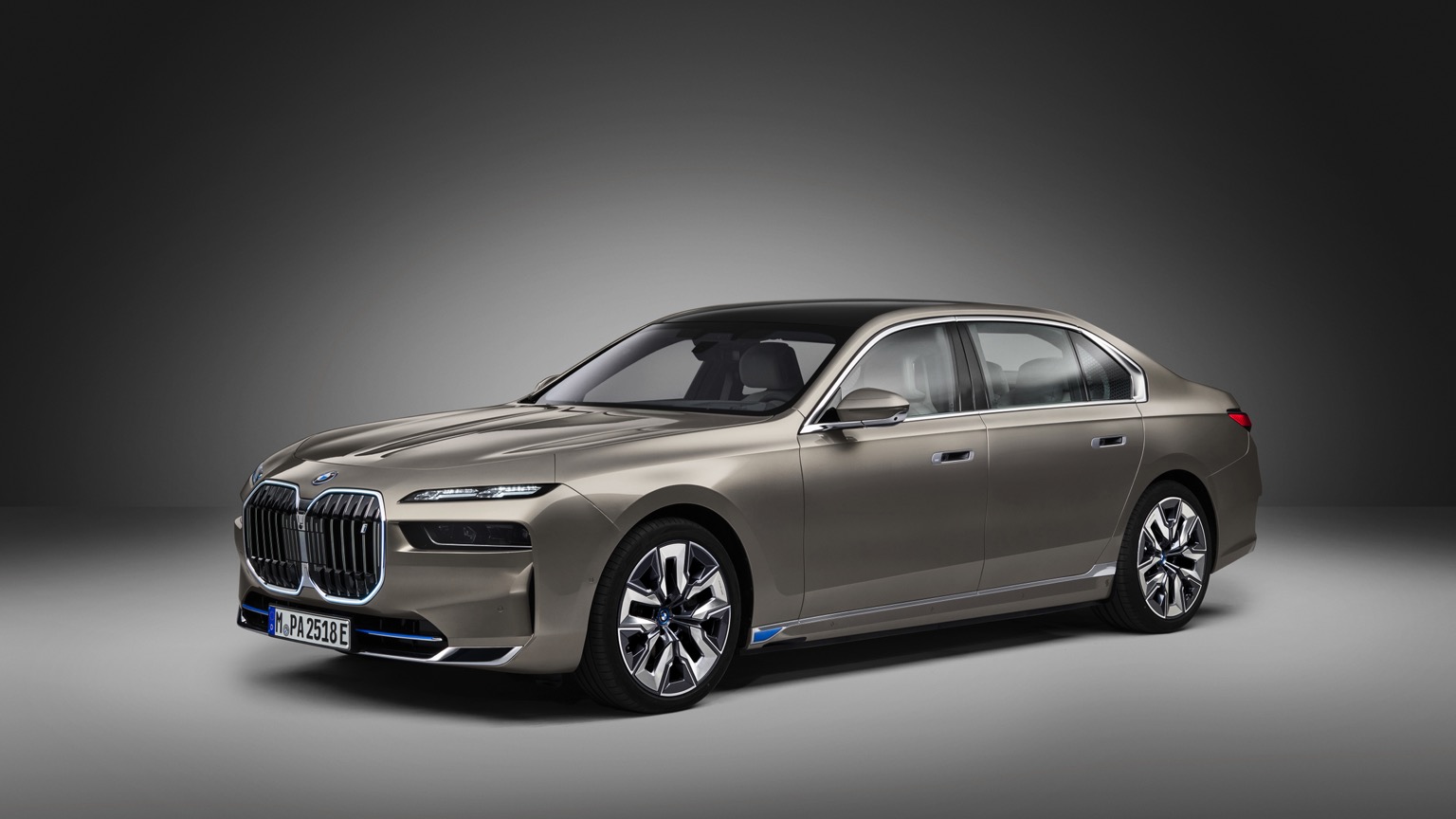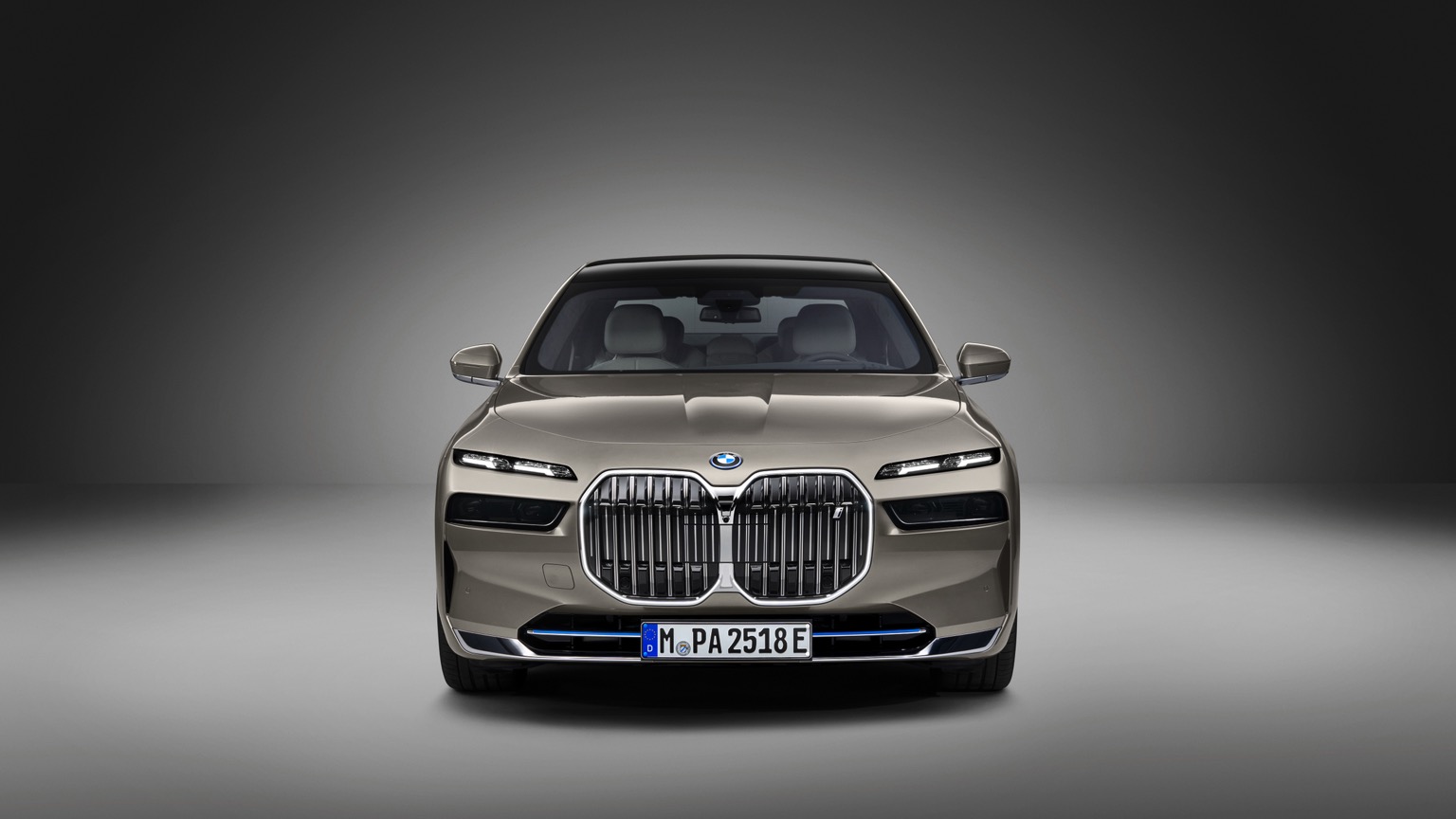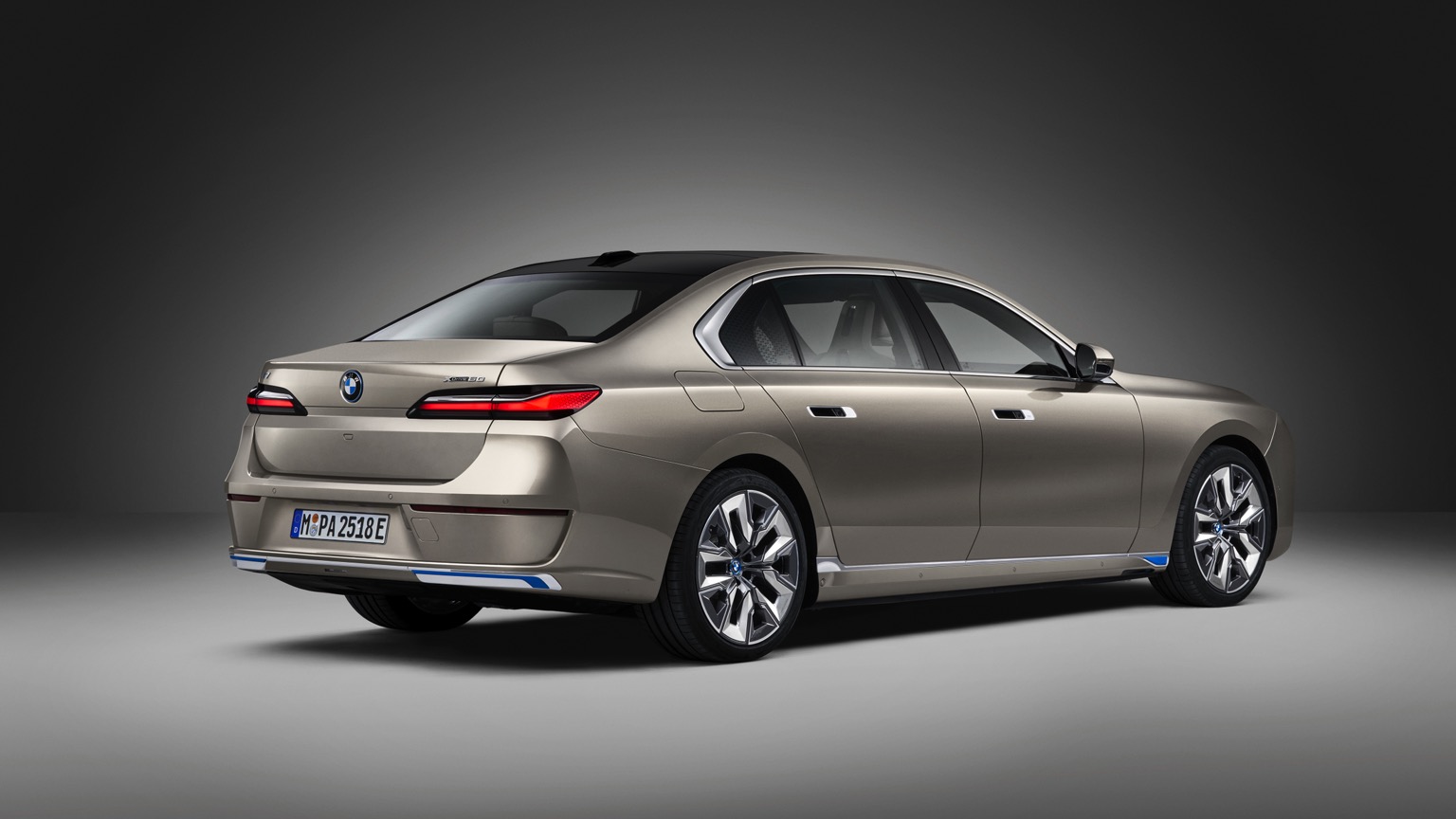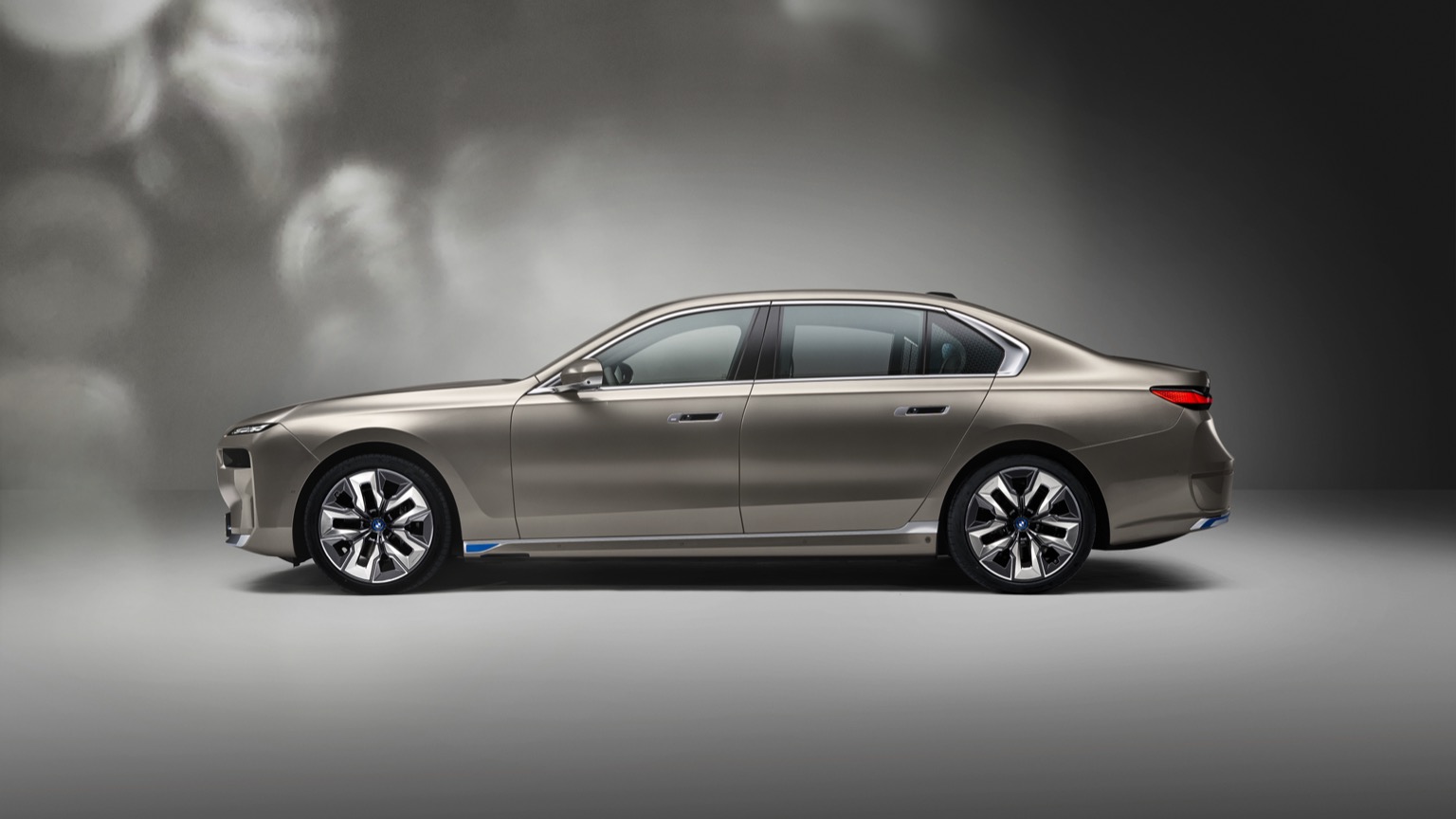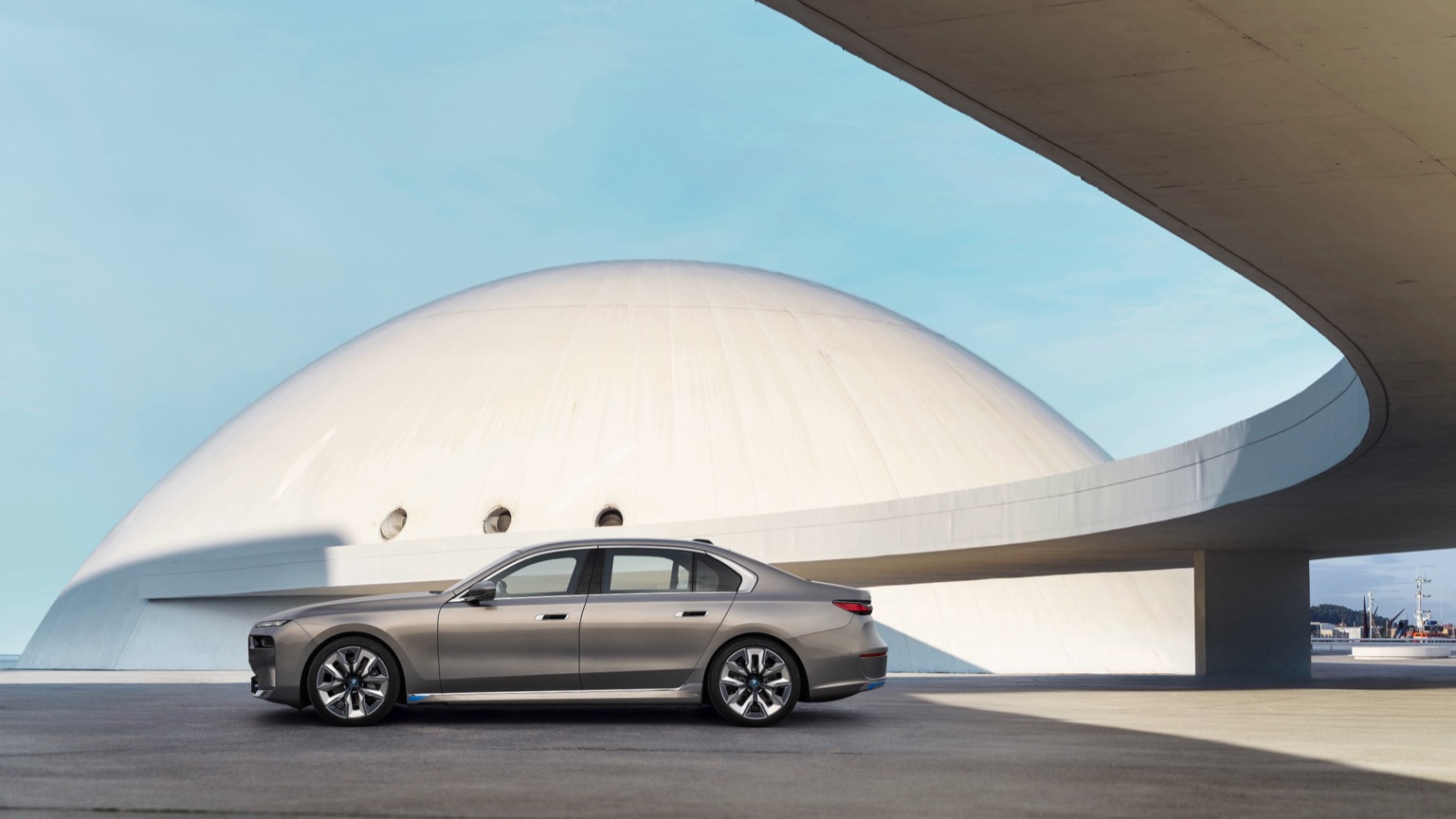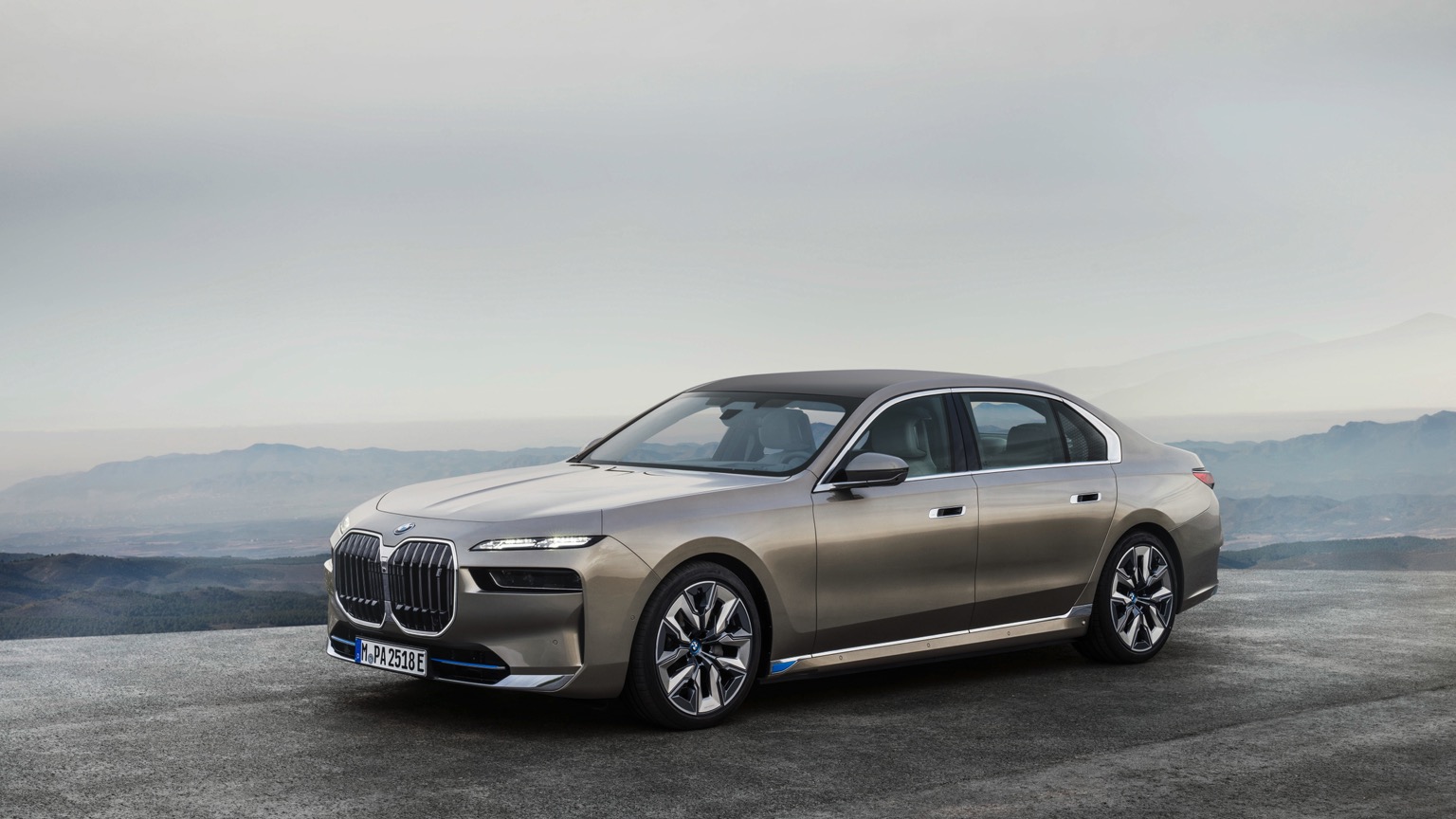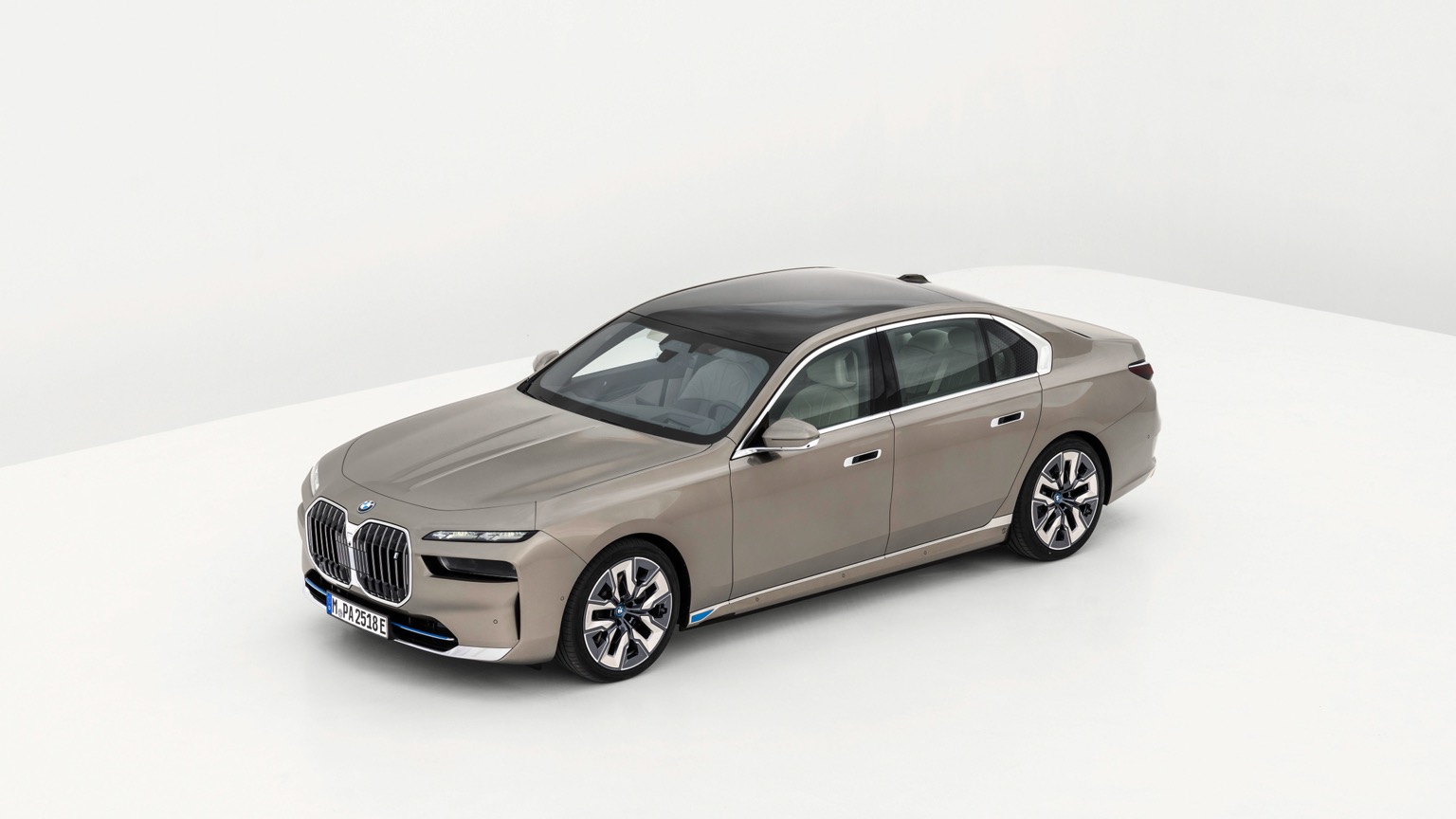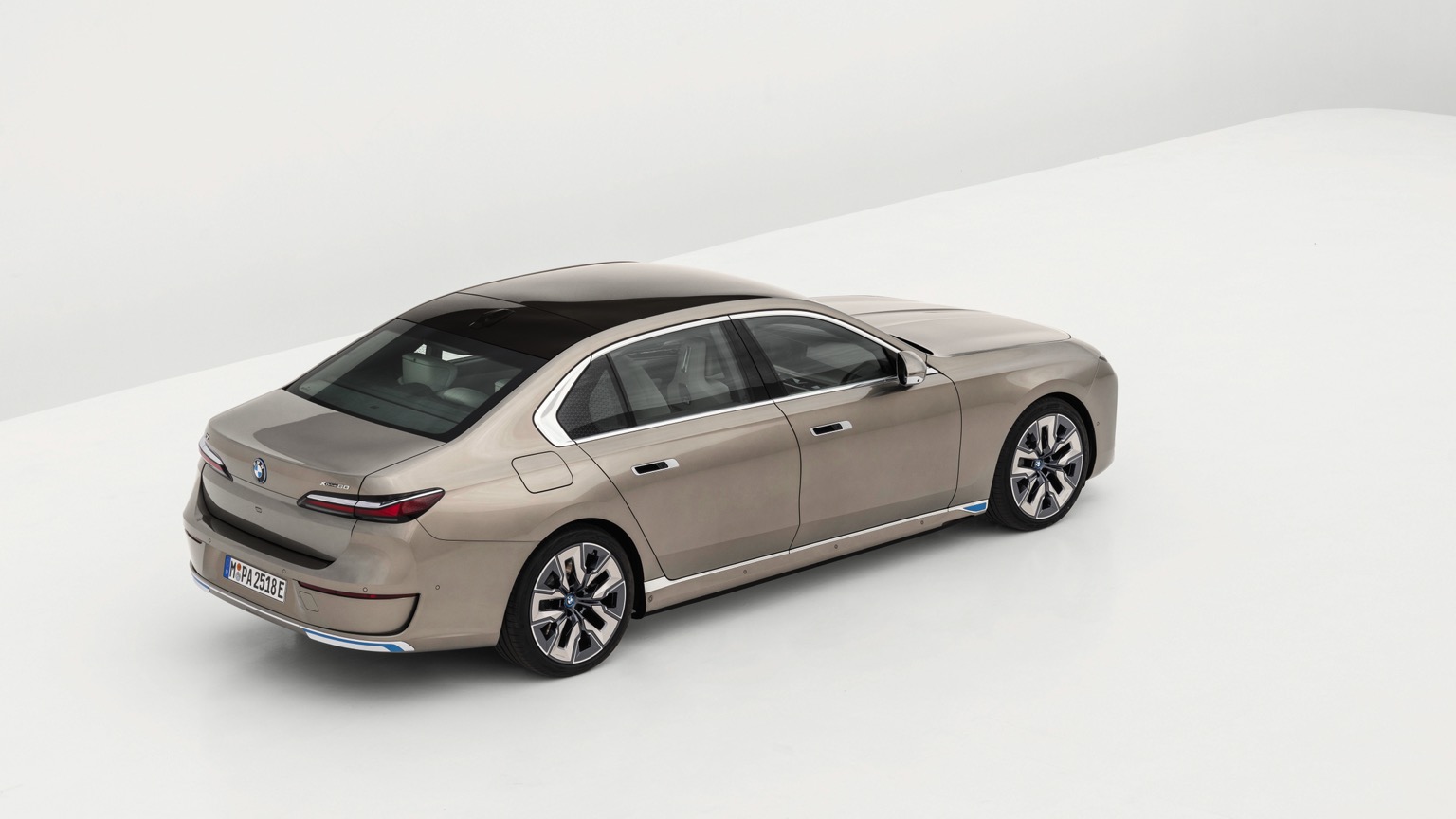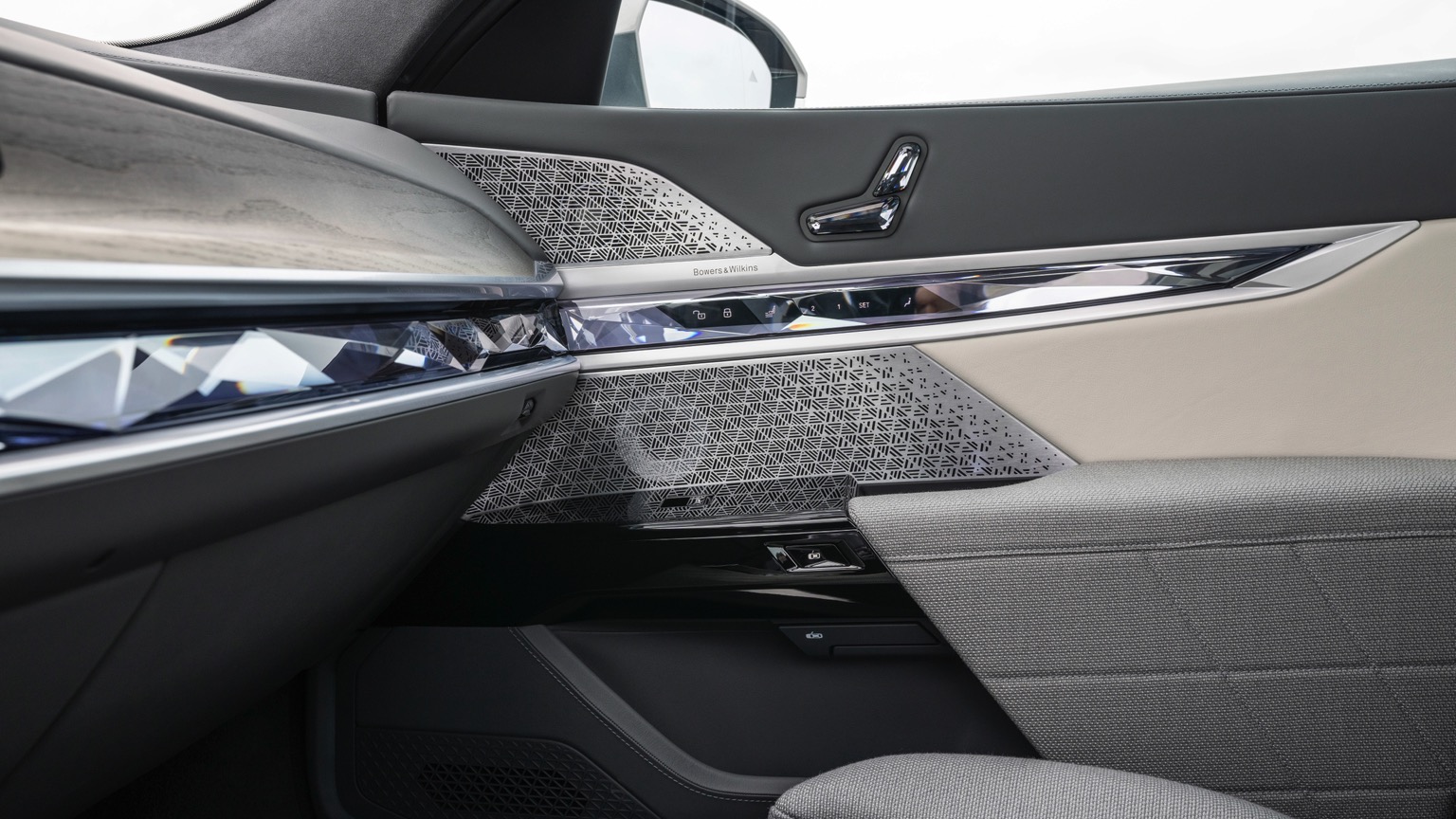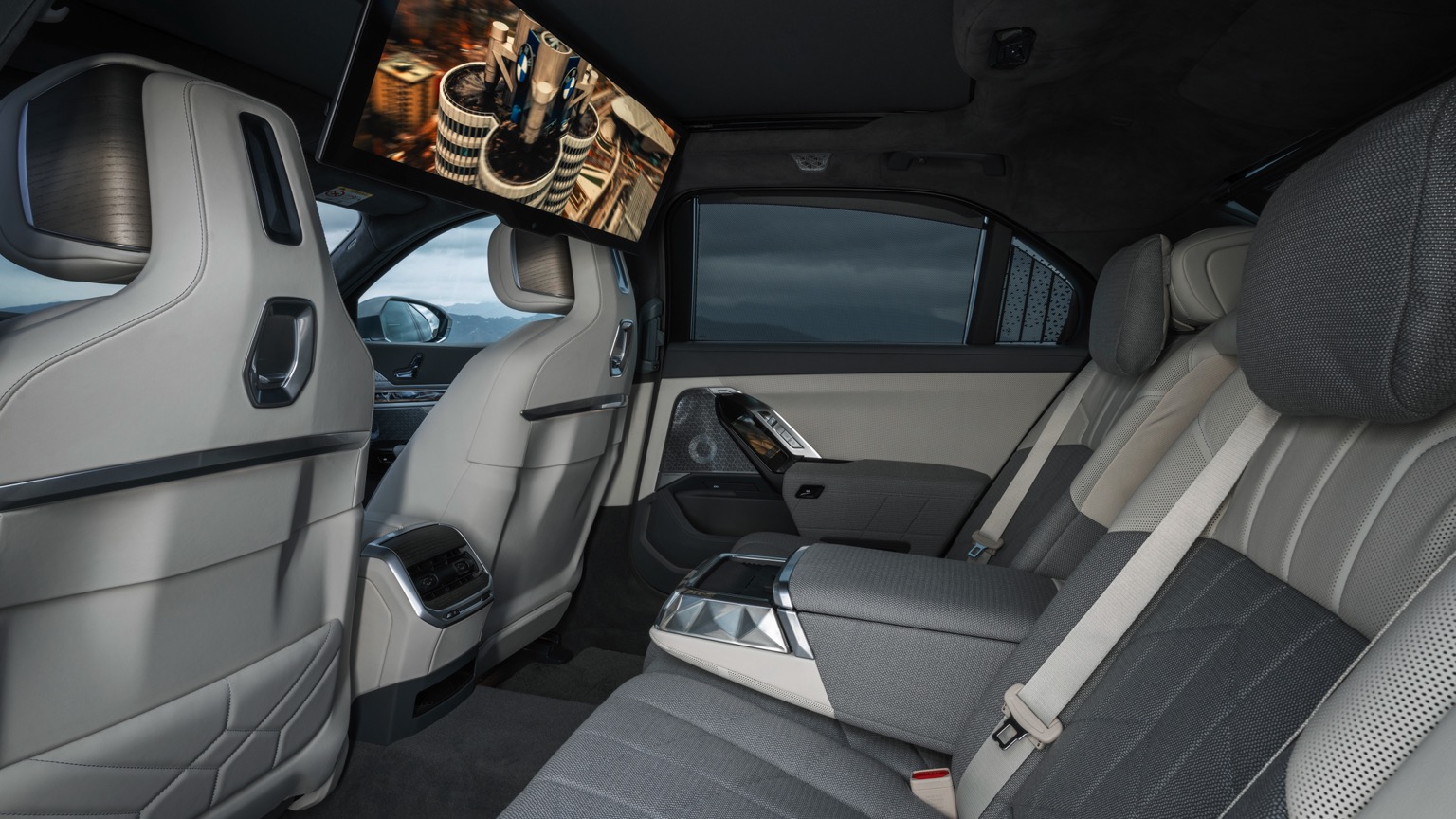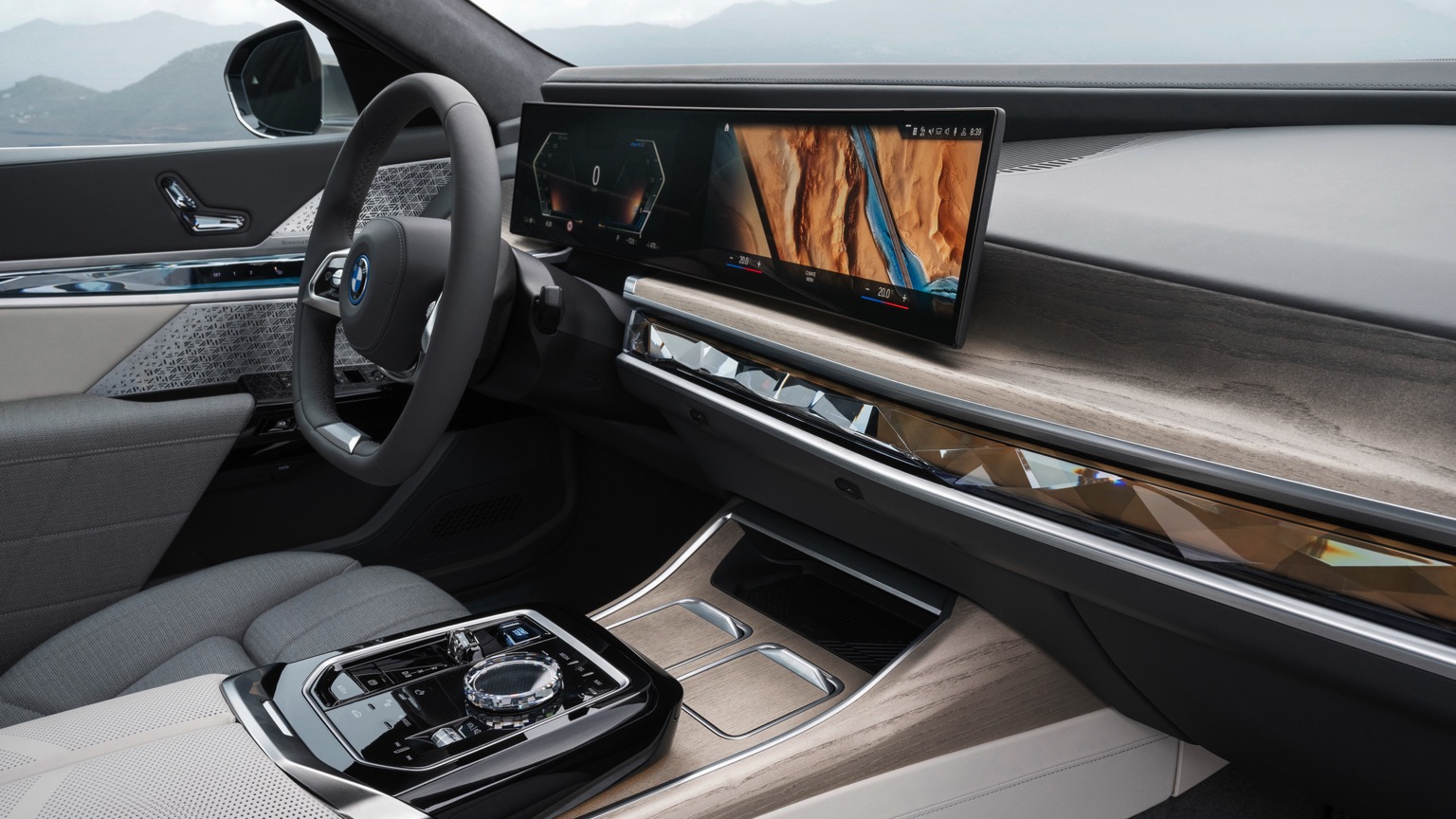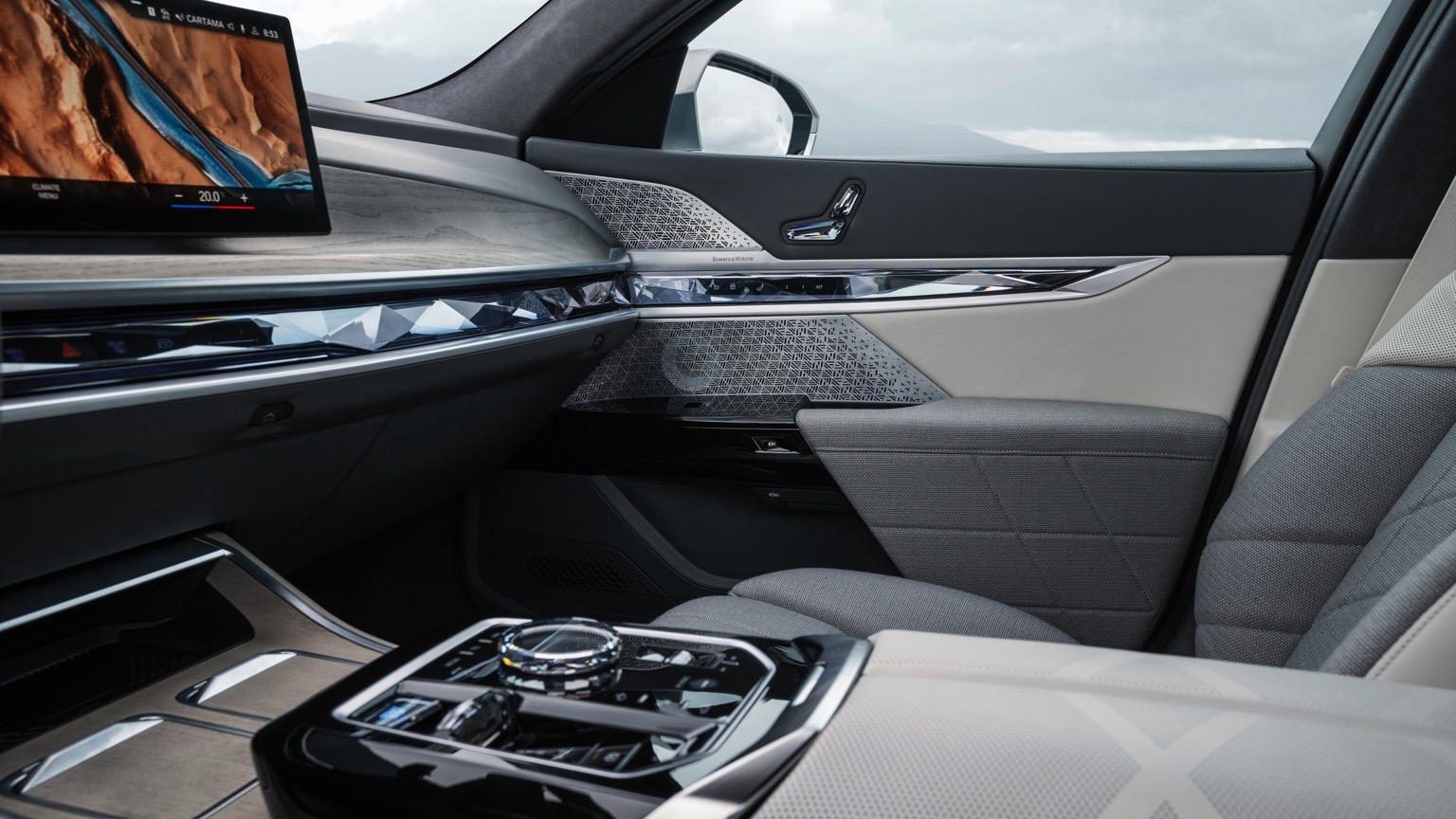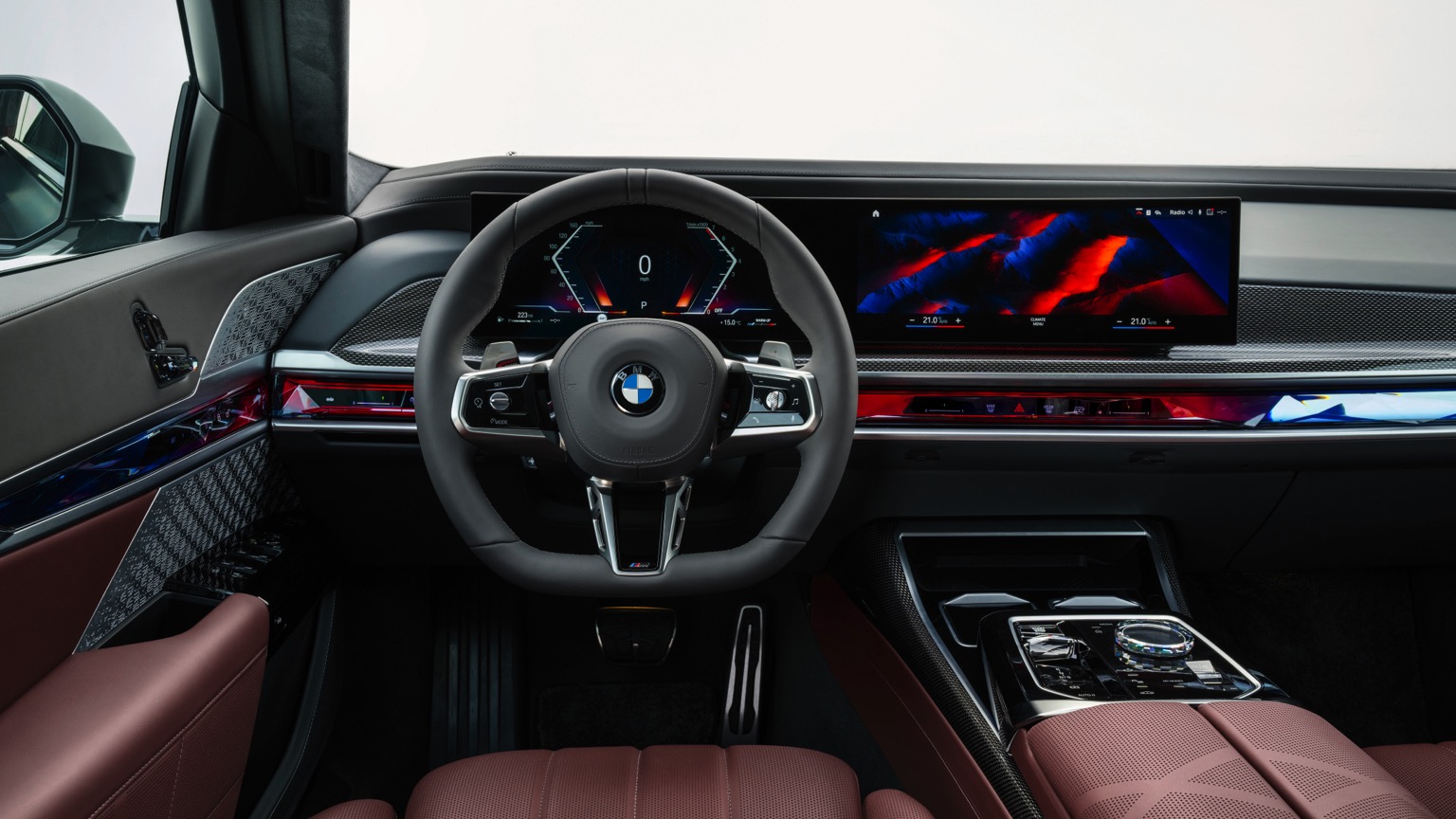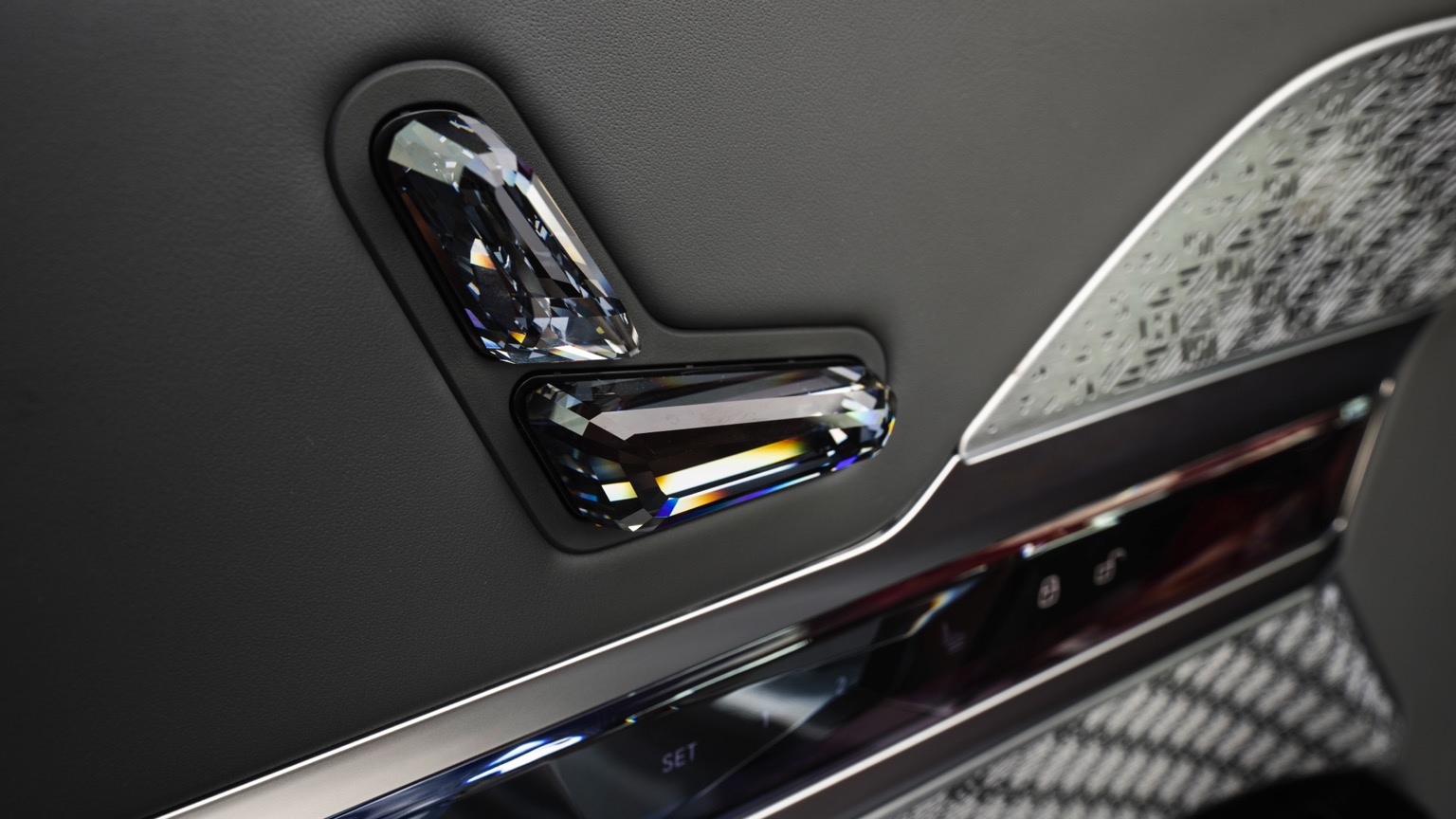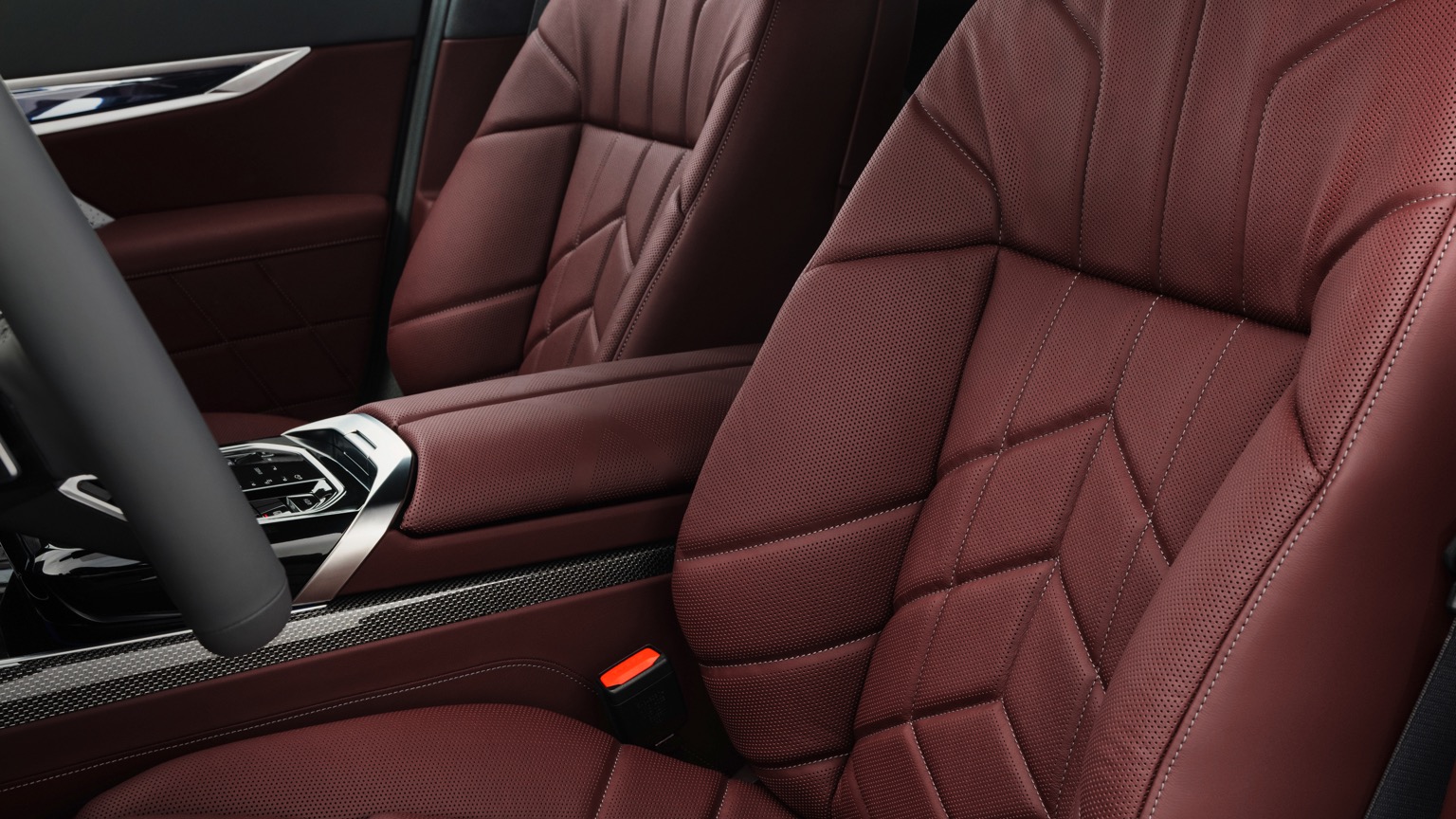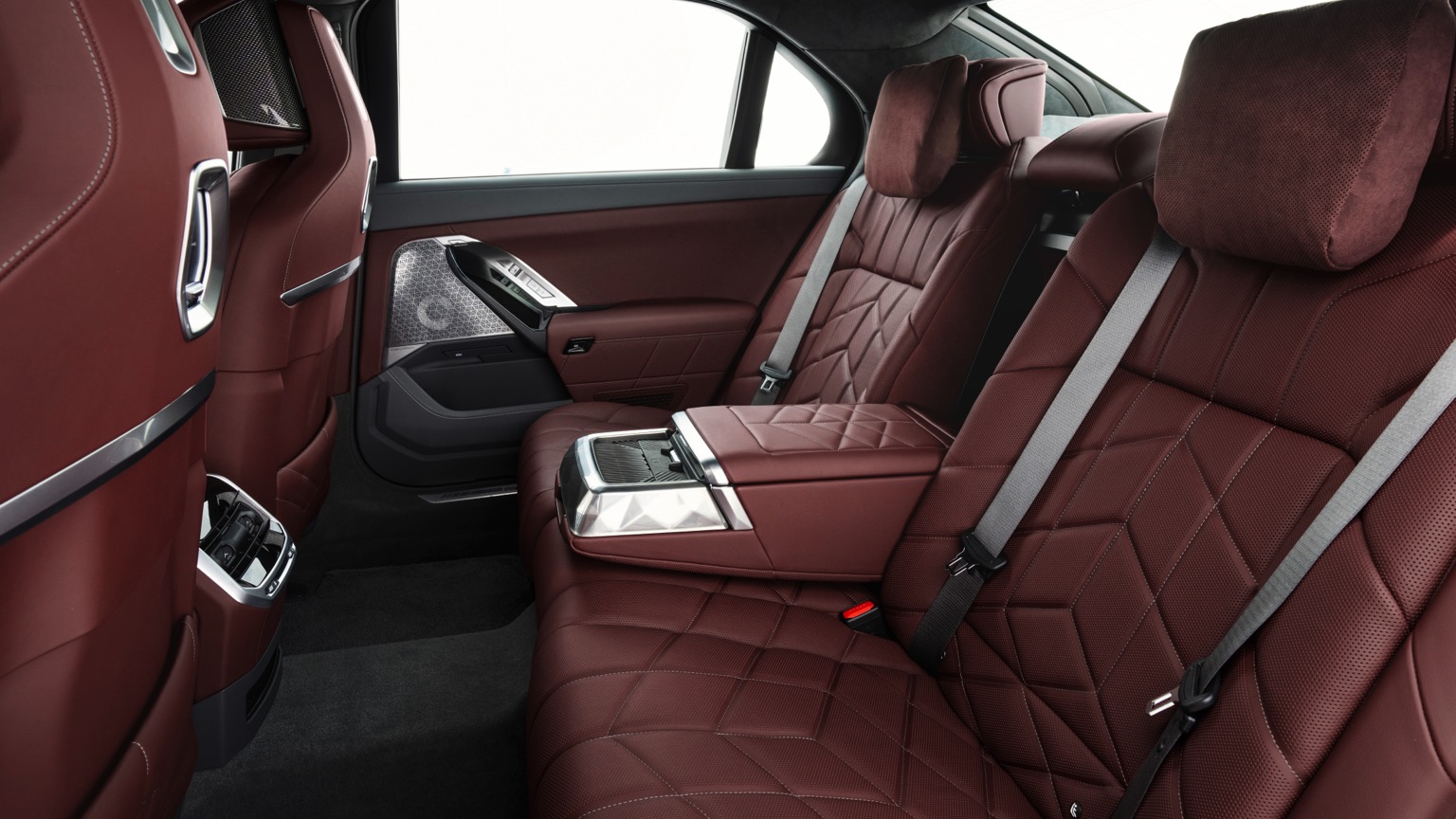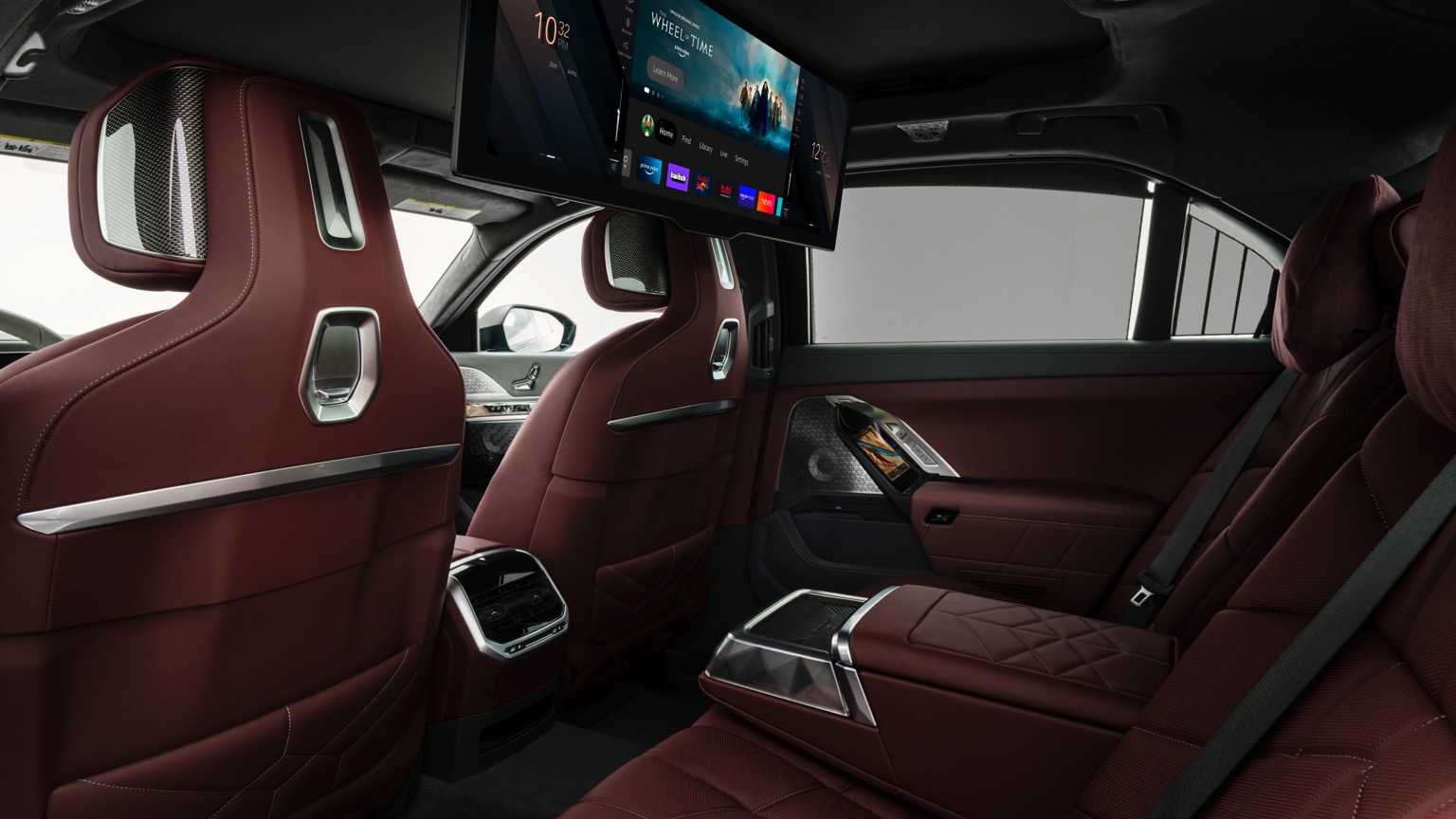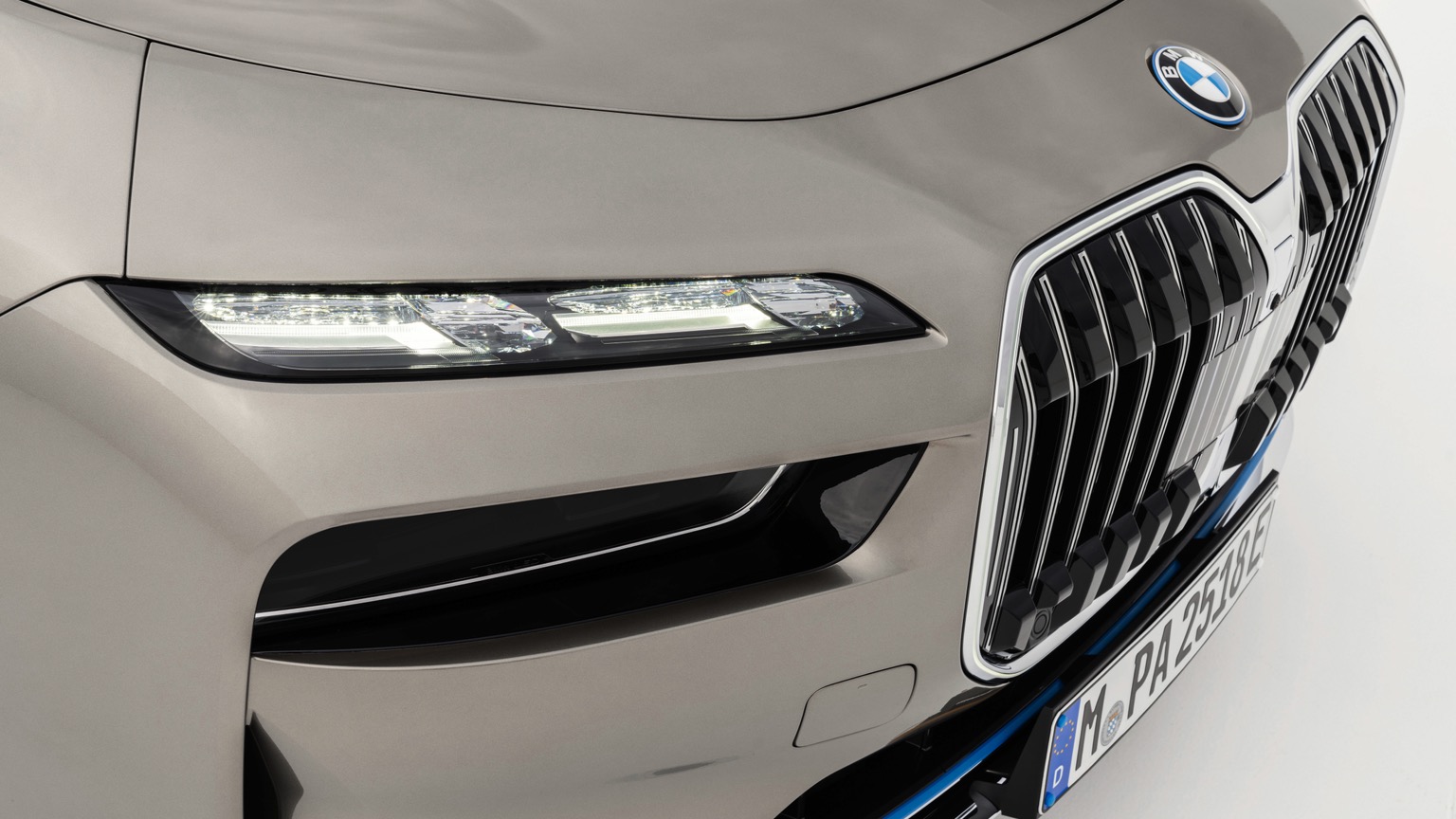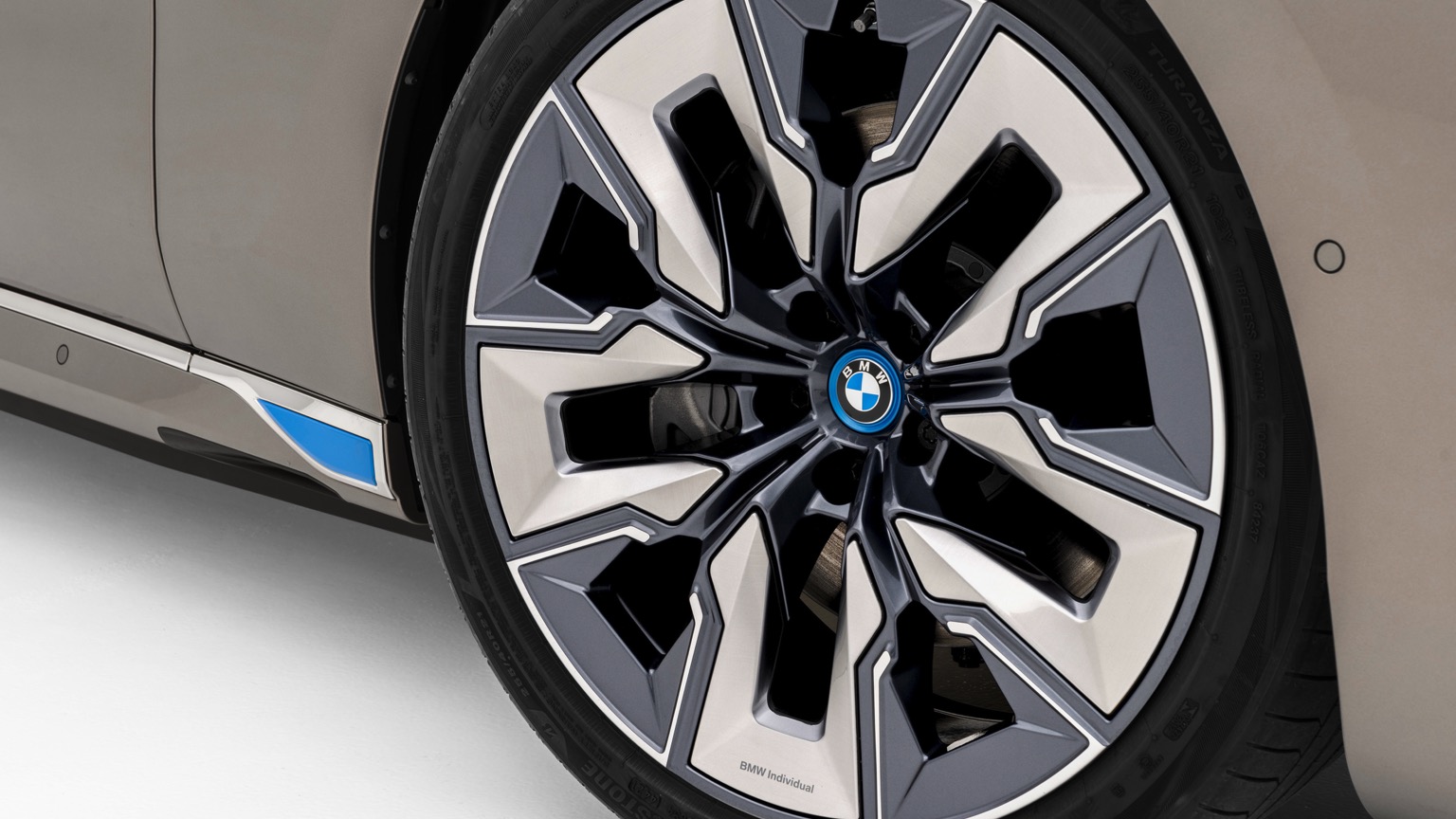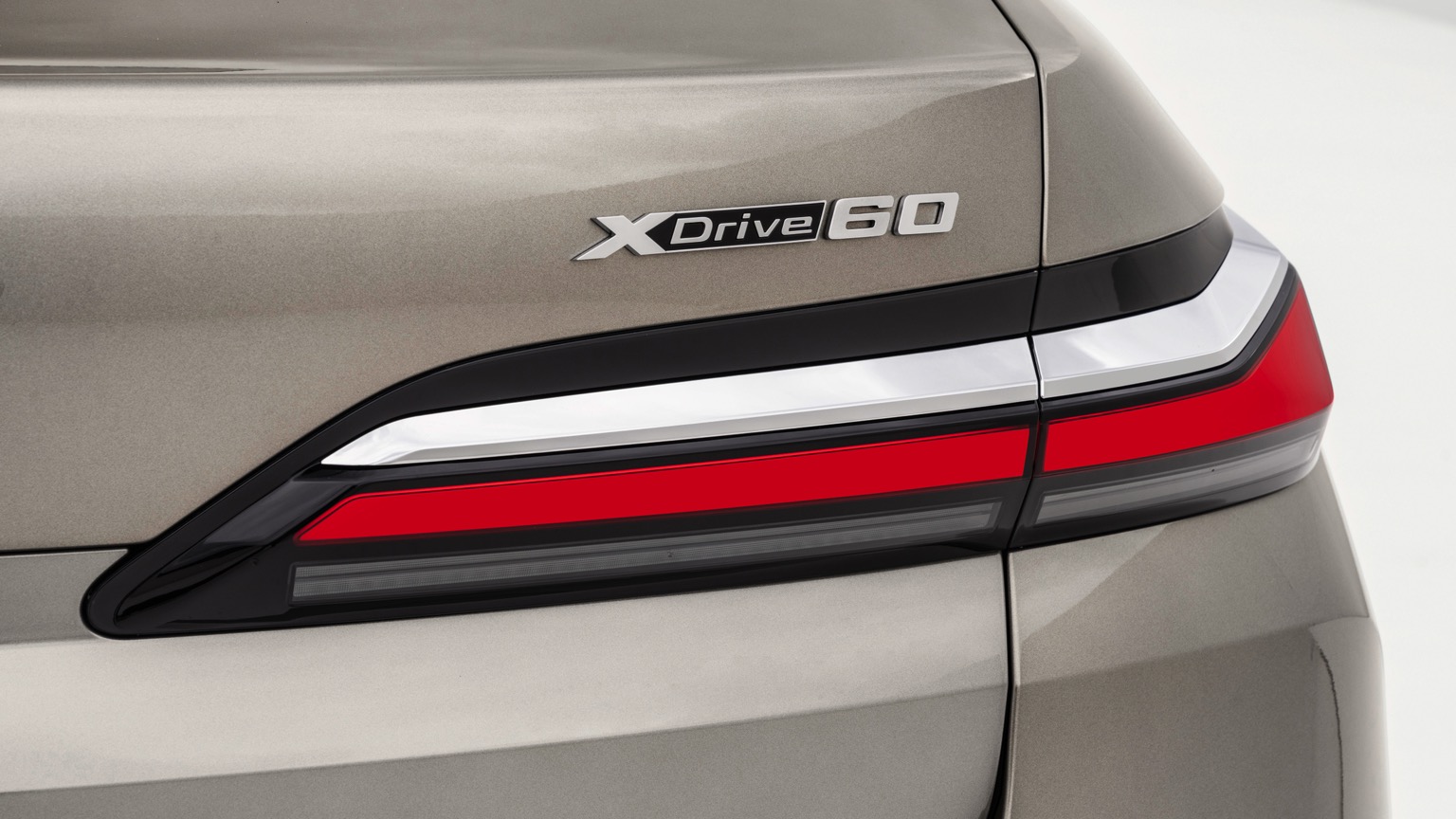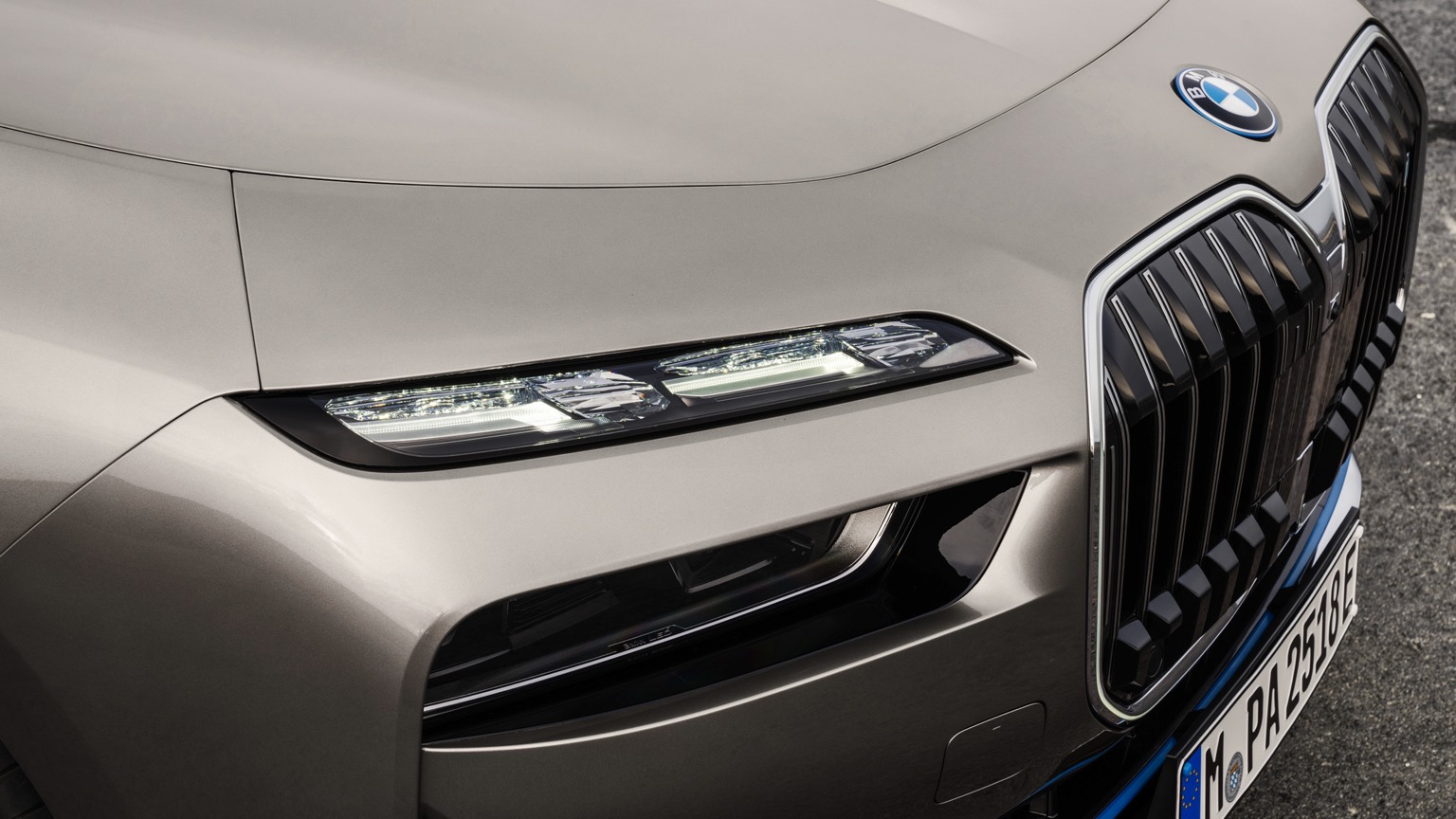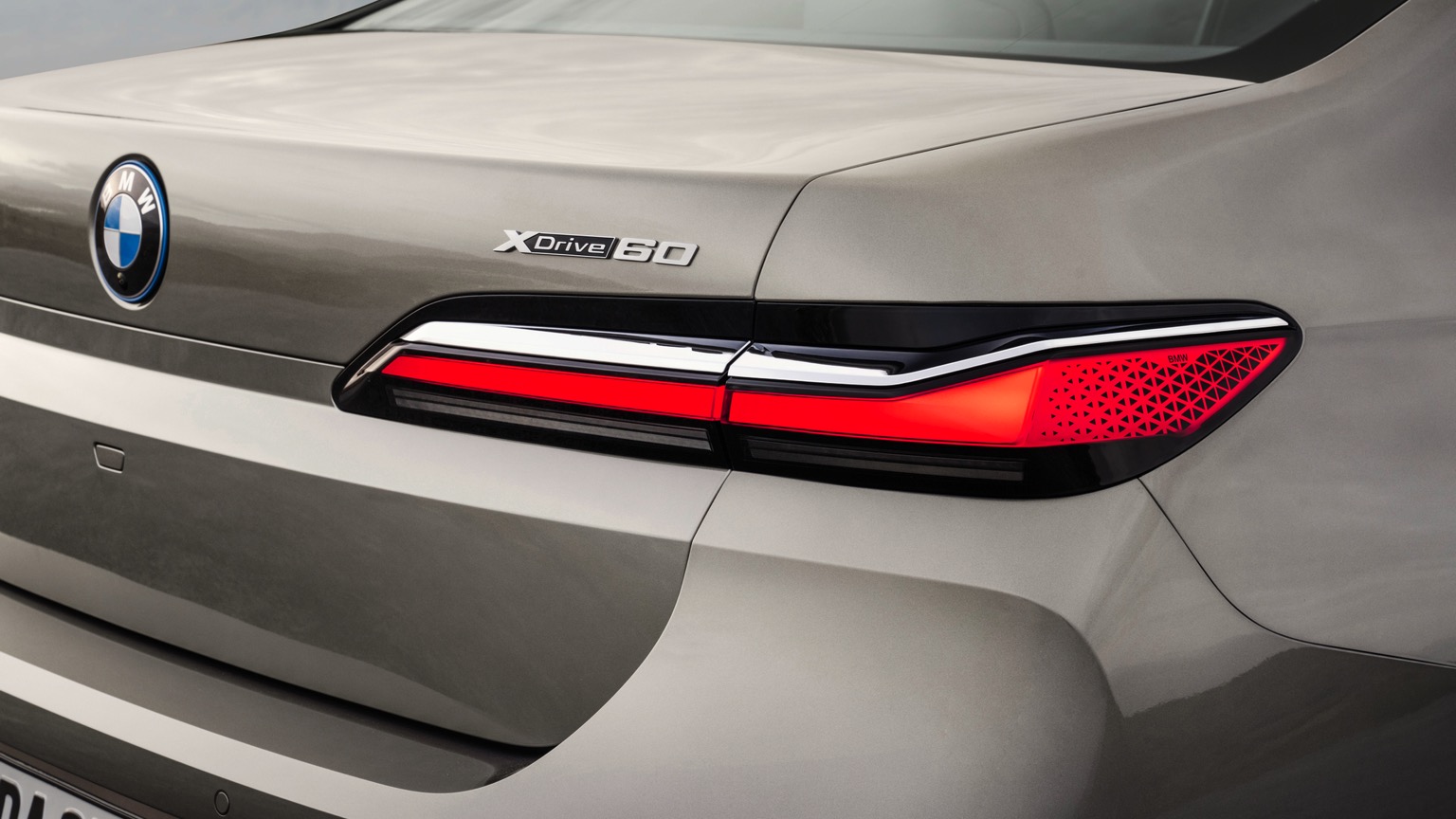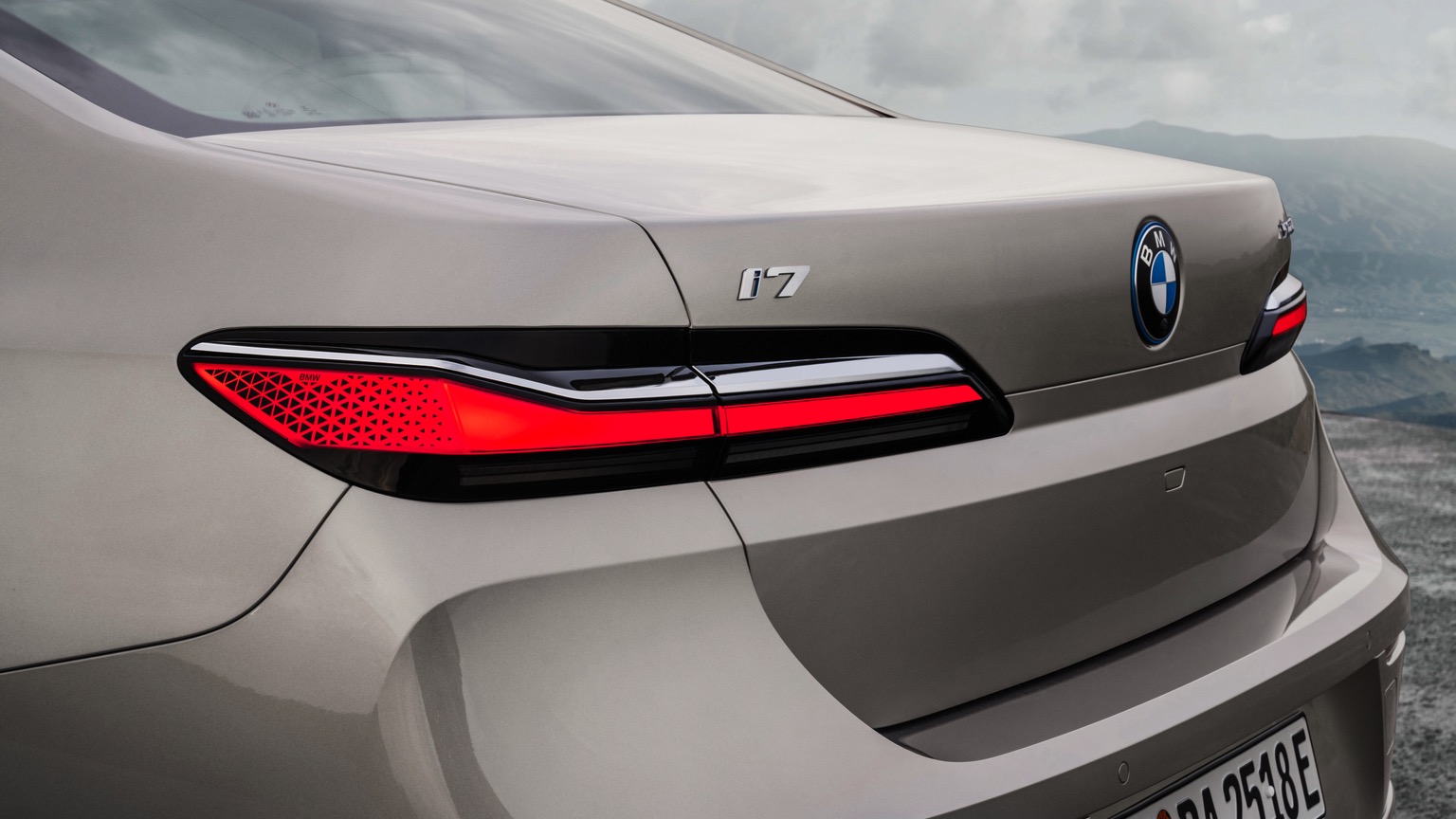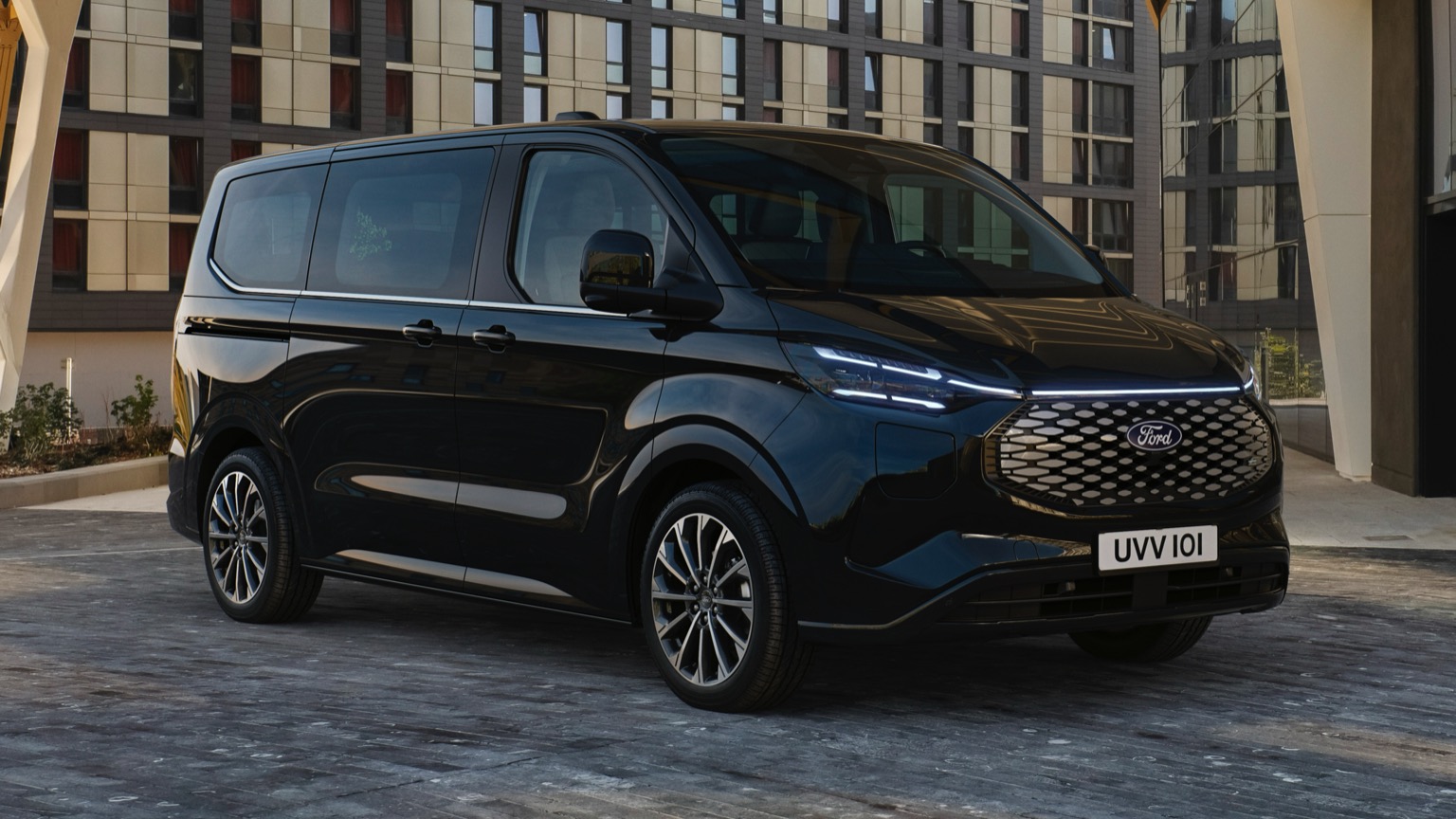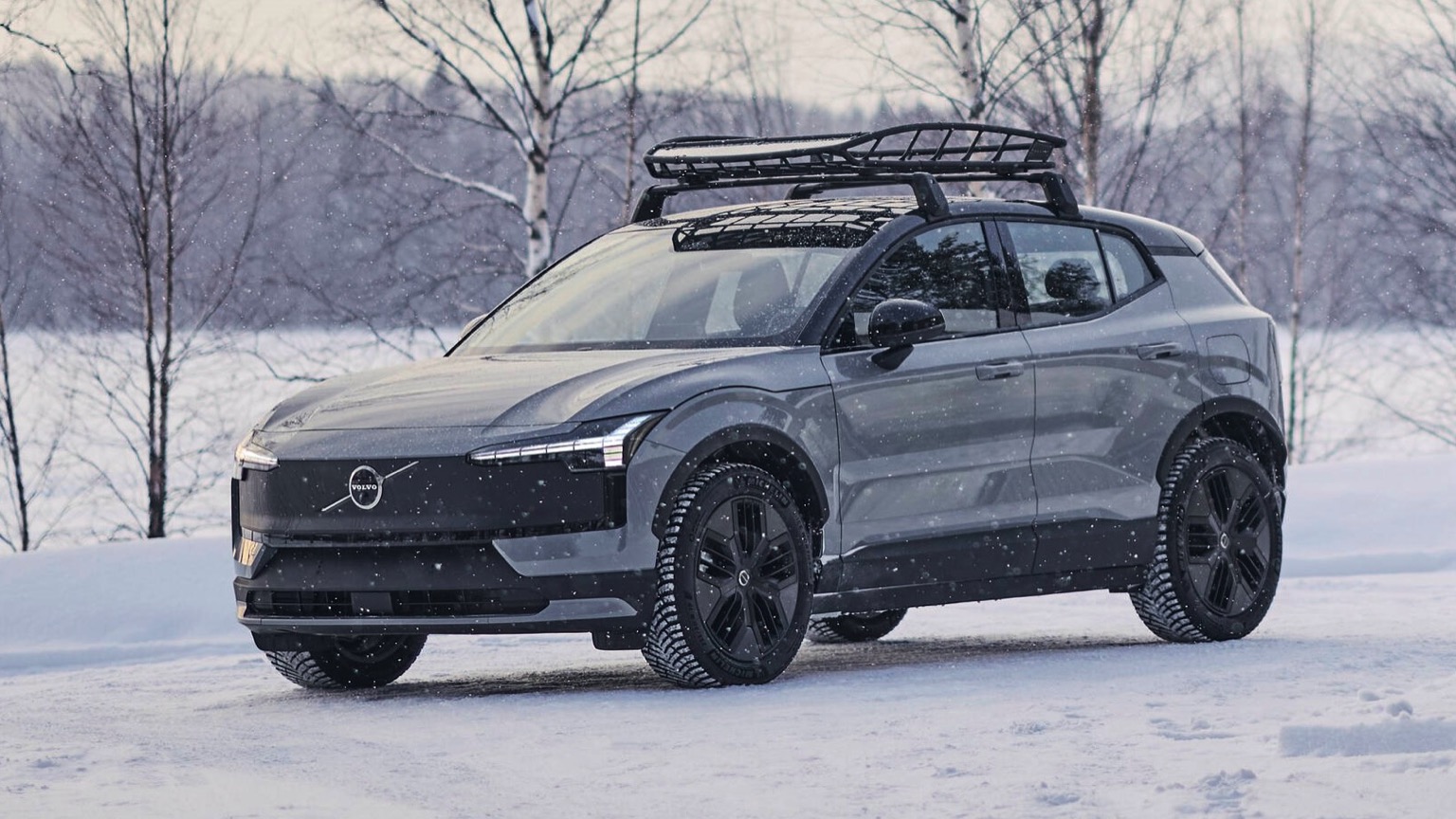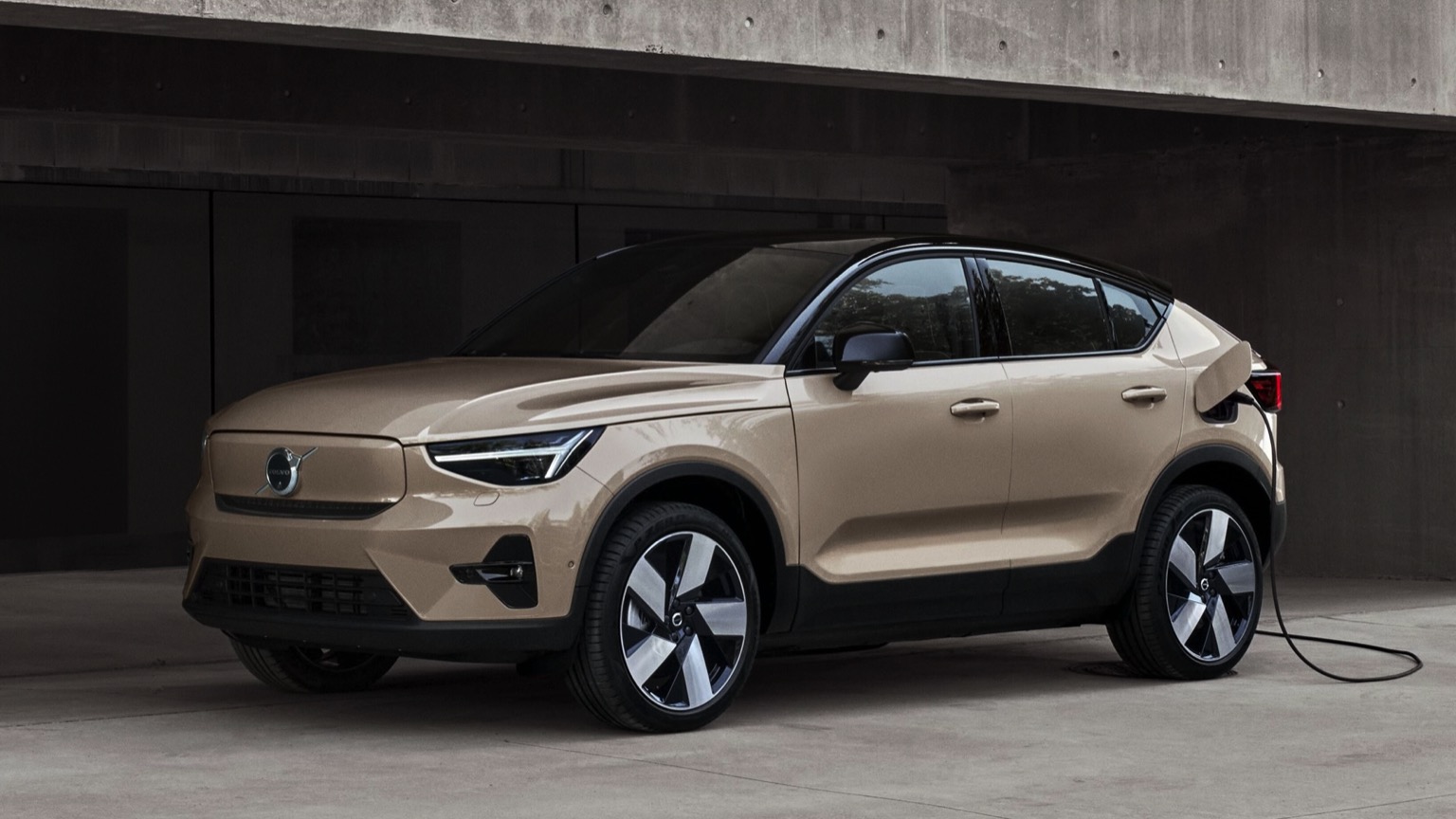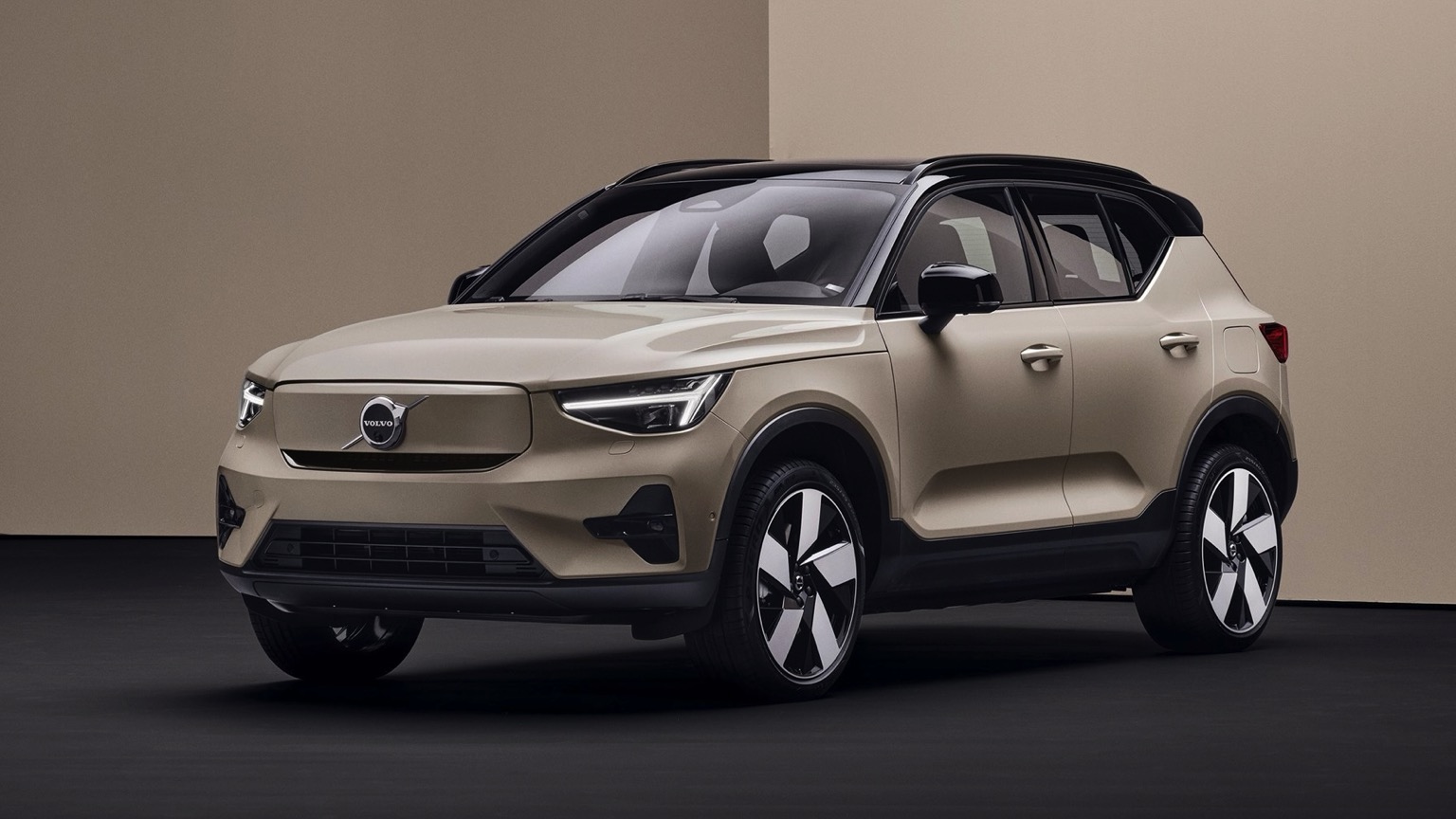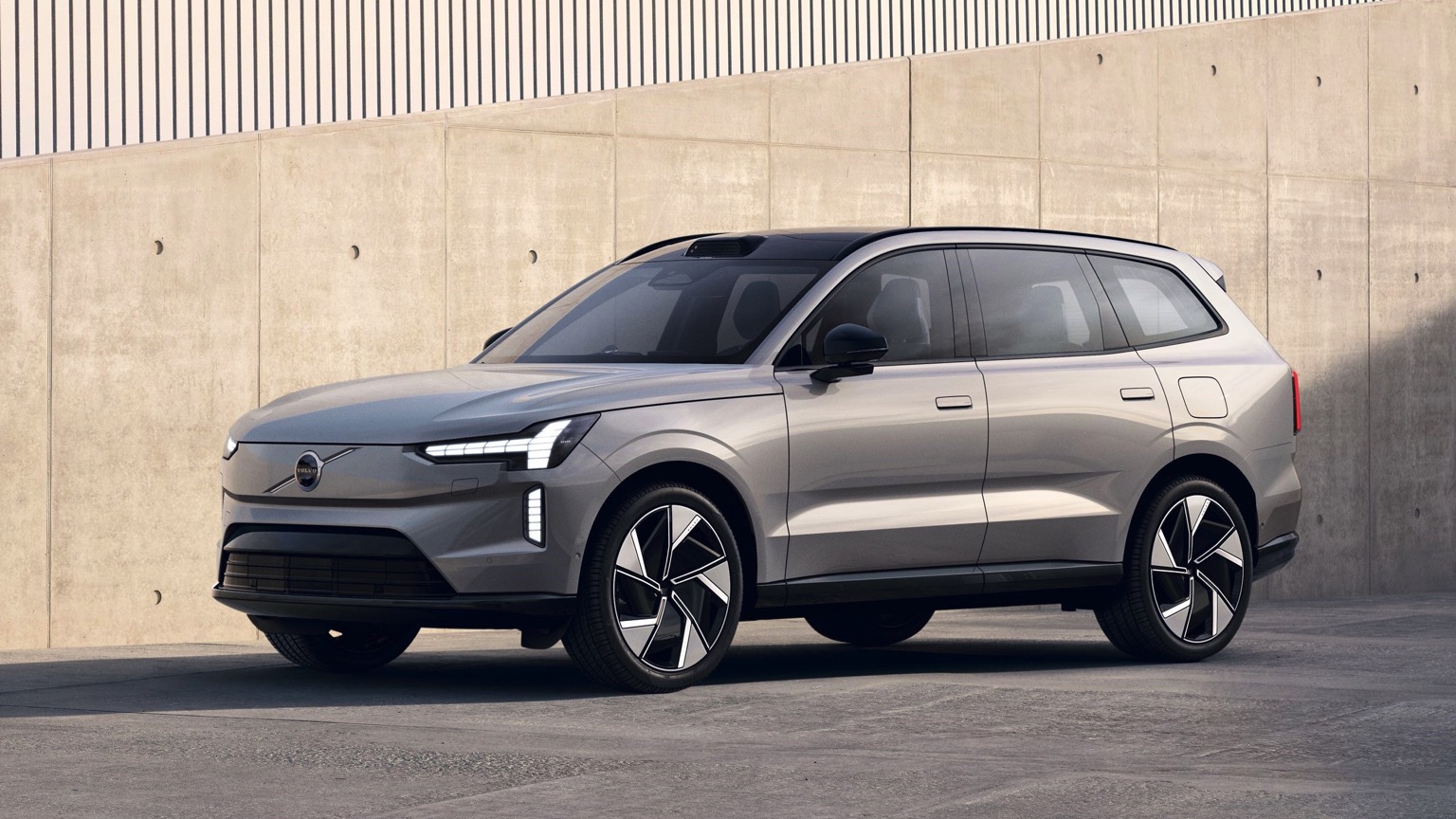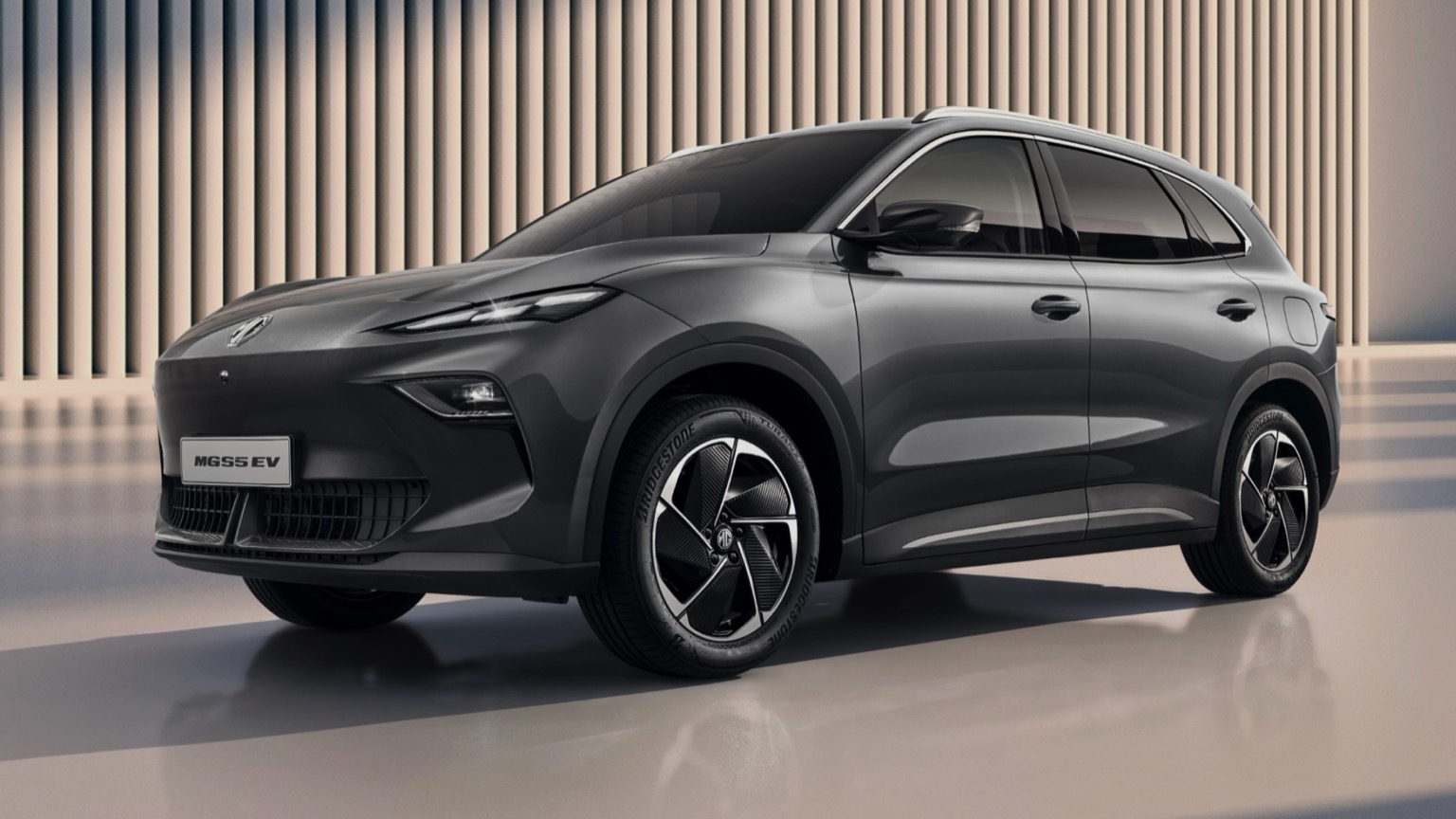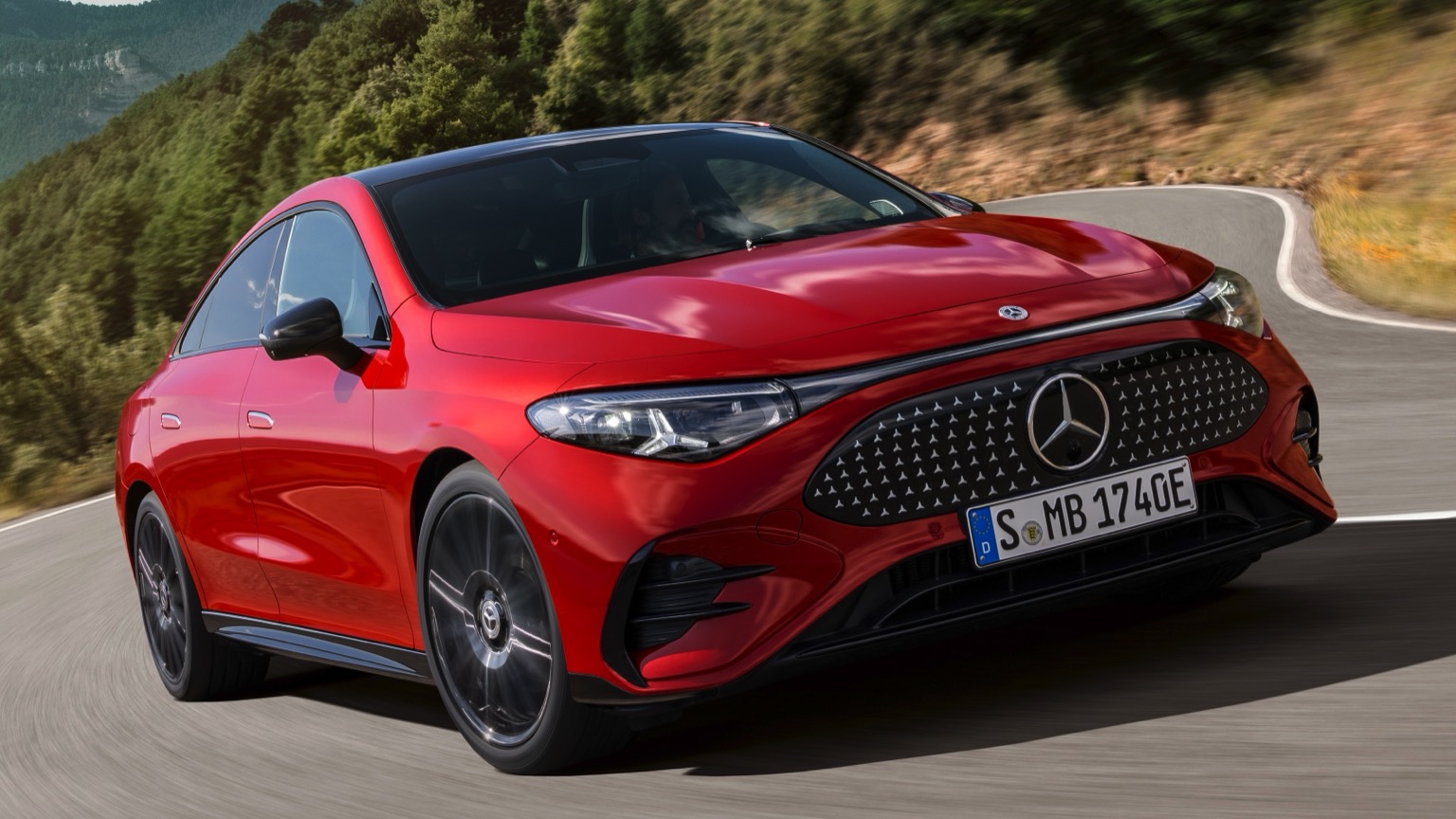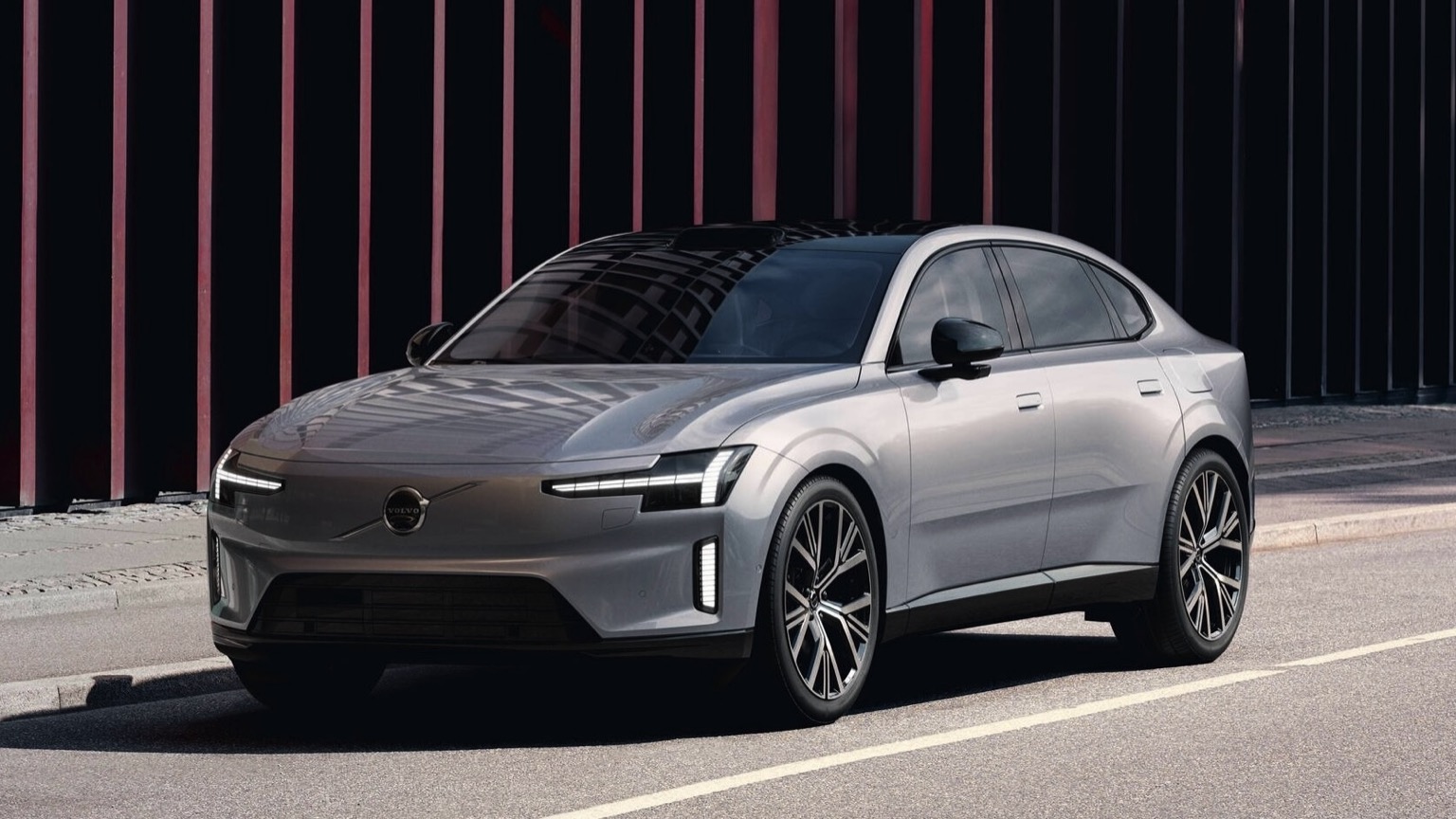Driving Range
In short, how many miles you can travel on a full charge. Is length important? Let’s not open that can of worms…
Efficiency
How many kWh of charge are needed to travel a set distance. The fewer needed, the more efficient your EV is. Easy!
Battery
The bigger the battery, the more power it can hold. In essence, fewer stops needed to top up your charge. Ahh, simplicity!
Top Speed
The maximum speed you can reach with your foot pressed hard to the floor. Important when escaping a zombie apocalypse, we assume.
Seats
Well, you don’t want to have to leave anybody at home… or do you?
Body
From stylish SUVs and compact crossovers, to curvaceous coupes and handy hatchbacks, there’s a perfect shape for everyone!
Isofix
The safe way to attach a child seat. Typically, these are hidden in the join between the back seats, alongside the crumbs from your last meal deal.
Safety Rating
A measure that considers the amount of safety kit installed, how a vehicle performs in crash testing and how safe it is for both pedestrians and cyclists.
| City - Cold Weather | 310 miles |
| Highway - Cold Weather | 235 miles |
| Combined - Cold Weather | 275 miles |
| City - Mild Weather | 455 miles |
| Highway - Mild Weather | 300 miles |
| Combined - Mild Weather | 370 miles |
Indication of real-world range in several situations. Cold weather: 'worst-case' based on -10°C and use of heating. Mild weather: 'best-case' based on 23°C and no use of A/C. For 'Highway' figures a constant speed of 110 km/h is assumed. The actual range will depend on speed, style of driving, weather and route conditions.
| Charge Port | Type 2 |
| Port Location | Right Side - Rear |
| Charge Power | 22 KW AC |
| Charge Time | 5hr 30m |
| Charge Speed | 59 mph |
| Fastcharge Port | CCS |
| FC Port Location | Right Side - Rear |
| Fastcharge Power (max) | 200 |
| Fastcharge Time | 28m |
| Fastcharge Speed | 480 mph |
General Charging (0 - 100%)
Charging is possible by using a regular wall plug or a charging station. Public charging is always done through a charging station. How fast the EV can charge depends on the charging station (EVSE) used and the maximum charging capacity of the EV
| Charging Point:Charging Point | Power:Power | Time:Time |
|---|---|---|
| Charging Point:Wall Plug | Power:2.3 kW | Time:52hr 15m |
| Charging Point:1-Phase 16A | Power:3.68 kW | Time:32hr 30m |
| Charging Point:1-Phase 32A | Power:7.36 kW | Time:16hr 15m |
| Charging Point:3-Phase 16A | Power:3.68 kW | Time:11hr |
| Charging Point:3-Phase 32A | Power:7.36 kW | Time:5hr 30m |
Rapid Charging (10 - 80%)
Rapid charging enables longer journeys by adding as much range as possible in the shortest amount of time. Charging power will decrease significantly after 80% state-of-charge (SoC) has been reached.
| Charging Point:Charging Point | Average Power:Average Power | Time:Time |
|---|---|---|
| Charging Point:CCS 50 | Average Power:50 kW | Time:1hr 30m |
| Charging Point:CCS 150 | Average Power:135 kW | Time: 33m |
| Charging Point:CCS-300-DC | Average Power:159 kW | Time: 28m |
| EVDB Real Range | 325 miles |
| EVDB Vehicle Consumption | 313 Wh/mi |
| EVDB CO2 Emissions | 0 g/mi |
| EVDB Vehicle Fuel Equivalent | 1.29 l/100mi |
| WLTP Real Range | 380 miles |
| WLTP Rated Consumption | 30.7 Wh/mi |
| WLTP Vehicle Consumption | 26.8 Wh/mi |
| WLTP CO2 Emissions | 0 g/mi |
| WLTP Rated Fuel Equivalent | 1.32 l/100mi |
| WLTP Vehicle Fuel Equivalent | 1.51 l/100mi |
| Acceleration 0 - 100 km/h | 5.5 sec |
| Top Speed | 127 mph |
| Electric Range* | 325 miles |
| Total Power* | 335 kWh |
| Total Torque* | 650 Nm |
| Drive | Rear |
| Safety Rating | N/A |
| Rating Year | N/A |
| Adult Occupant | N/A |
| Child Occupant | N/A |
| Vulnerable Road Users | N/A |
| Safety Assist | N/A |
For more details on the safety rating of this vehicle, visit euroncap.com
| Nominal Capacity | 105.7 kWh |
| Battery Type | Lithium-ion |
| Number of Cells | N/A |
| Architecture | 400 V |
| Useable Capacity | 101.7 kWh |
| Cathode Material | N/A |
| Pack Configuration | N/A |
| Nominal Voltage | 376 V |
| Length | 5391 mm |
| Width | 1950 mm |
| Width (with mirrors) | 2192 mm |
| Height | 1544 mm |
| Wheelbase | 3215 mm |
| Weight Unladen (EU) | 2595 kg |
| Gross Vehicle Weight (GVWR) | 3130 kg |
| Max. Payload | 610 kg |
| Cargo Volume | 500 L |
| Cargo Volume (Max) | 500 L |
| Cargo Volume Frunk | N/A |
| Roof Load | N/A |
| Tow Hitch Possible | No |
| Towing Weight Unbraked | N/A |
| Towing Weight Braked | N/A |
| Vertical Load Max | N/A |
| Seats | 5 |
| Isofix | No |
| Turning Circle | 12.1m |
| Platform | BMW CLAR |
| Car Body | Saloon |
| Segment | F |
| Roof Rails | No |
| EV Dedicated Platform | No |
* = estimated value. Average energy consumption and range based on moderate drive style and climate. Real-life values may differ significantly. Pricing information might not be actual for some regions. No rights can be derived from the information on this site.
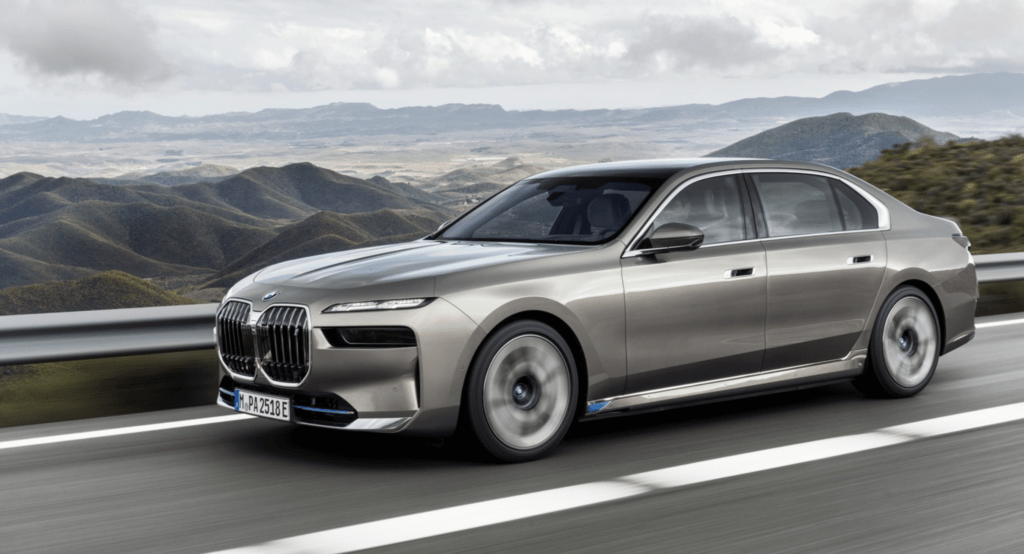
BMW i7 eDrive50 Charging Guide
The BMW i7 is not just another addition to BMW’s lineup; it’s a reflection of the brand’s visionary approach to the future of mobility. This electric sedan harmoniously melds the brand’s century-old ethos of ‘The Ultimate Driving Machine’ with cutting-edge sustainable technologies.
As an evolution within BMW’s “i” sub-brand, the i7 seeks to redefine luxury in the electric era, ensuring that BMW aficionados don’t have to choose between performance and environmental responsibility.
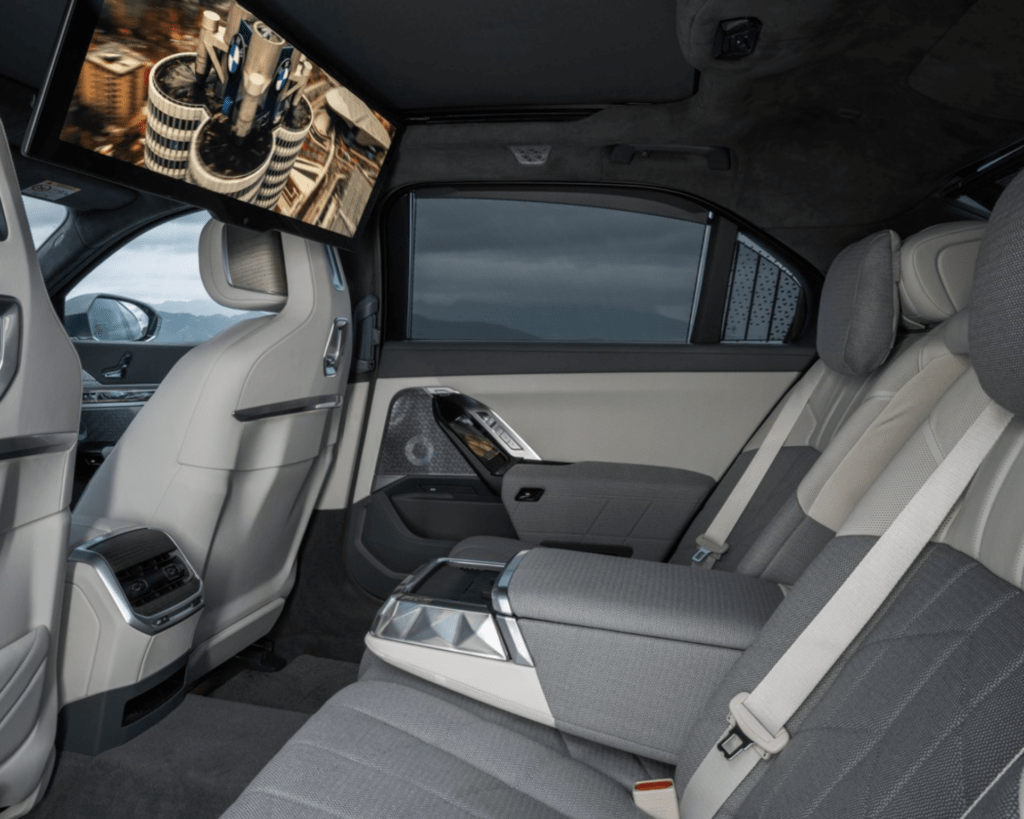
How to charge the BMW i7.
The BMW i7 supports both AC and fast DC charging. While at home, utilising a home EV charger like zappi can ensure efficient charging overnight. On longer journeys, the rapid charging capabilities ensure that within a short break, the i7 is ready to cover significant distances again.
Revered for its smart charging solutions, zappi is an ideal match for the advanced BMW i7. While the i7 represents the pinnacle of electric luxury, zappi ensures it remains powered in the greenest way possible.
With seamless integration capabilities with home-based renewable energy sources, zappi guarantees that the i7 is not just driving emissions-free but is charged from the cleanest sources available.
How long does it take to charge the BMW i7 eDrive50?
14 hours 31 minutes*
*Using a standard 7kWh charger, such as zappi it would take 14 hours and 31 minutes to fully charge your 101.7kWh battery. The BMW i7 eDrive50 also has the capability to be charged on the 22kWh zappi, which would reduce this charging time down to 5 hours and 30 minutes.
What is the range of the BMW i7 eDrive50?
325 miles**The range of the BMW i7 eDrive50 with the 101.7kWh battery, differs between 235 miles and 455 miles depending on your driving conditions and the type of road. Typically, the average range from a full charge will be around 325 miles.
How much does it cost to charge the BMW i7 eDrive50?
£7.63**It could cost just £7.63 to charge the BMW i7 eDrive50, with the 101.7kWh battery, when fully utilising off-peak charging on an Octopus Intelligent tariff, at 0.075p/kWh. In contrast, peak charging on a standard rate of 0.34p/kWh can cost £34.58 to charge up.
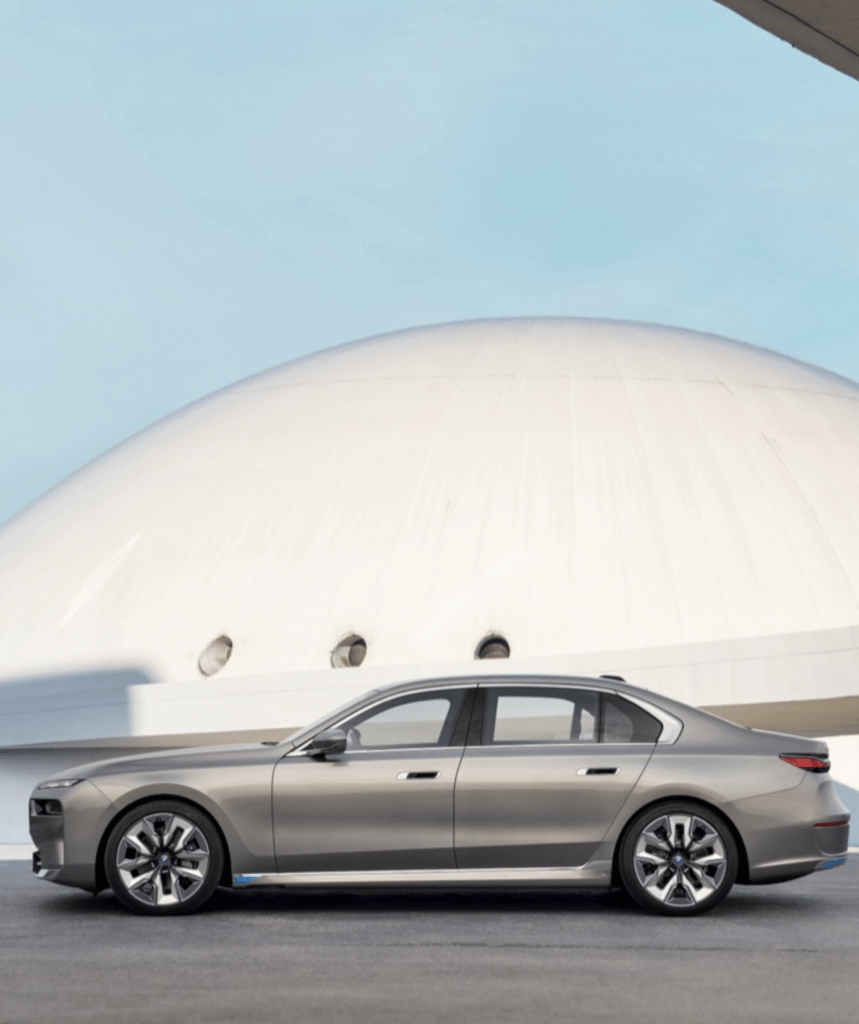
Key features of the BMW i7 i7 eDrive50.
Elegant Design: BMW’s iconic design language evolves beautifully with the i7, combining aerodynamic efficiency with undeniable presence.
Top-Tier Performance: True to BMW’s legacy, the i7 doesn’t compromise on power, offering exhilarating acceleration and handling, the top of the range BMW i7 boasts an impressive zero to 60 mph in around 3.7 seconds.
Advanced Infotainment: The i7 boasts one of the most advanced infotainment systems in the luxury EV segment, ensuring passengers are always connected and entertained.
Interior Craftsmanship: The cabin of the i7 is a sanctuary of luxury with opulent materials, precise craftsmanship, and a sense of spaciousness that is unparalleled.
Adaptive Driving Modes: Beyond just Sport, Comfort, and Eco modes, the i7 offers adaptive driving modes, adjusting the vehicle’s dynamics based on road conditions and driver input.
Safety Suite: The i7 comes equipped with a comprehensive suite of safety and driver assistance features, from adaptive cruise control to lane-keeping assist, ensuring peace of mind for its occupants.
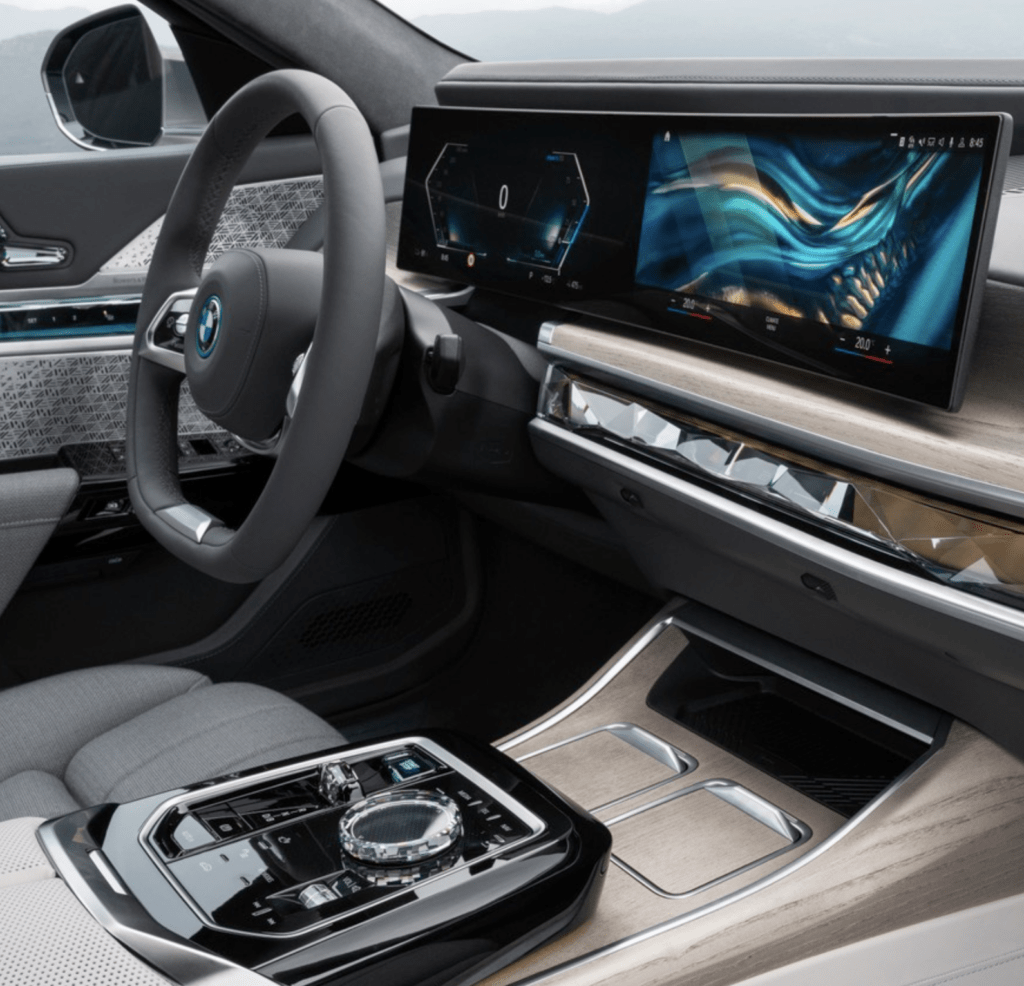
How much does a BMW i7 i7 eDrive50 cost?
The BMW i7 carries a price tag similar to the Mercedes EQS, positioning it in the luxury segment. Moreover, to enjoy some of its most captivating features – such as the plush rear lounge seats, the Theatre Screen, and the immersive surround-sound system – you’d have to pay extra.
For corporate users, the i7 emerges as a more economical option compared to petrol, diesel, or plug-in hybrids. This is due to the current low benefit-in-kind tax rate of 2% on fully electric vehicles. While large saloons generally experience rapid depreciation, the i7’s value may diminish more swiftly than a Range Rover’s. Nonetheless, when juxtaposed against petrol or diesel counterparts, the i7 holds its ground as a commendable investment and is projected to have a marginally better depreciation curve than the EQS.
In summary, the BMW i7 is not just an electric car but a beacon of BMW’s vision for the future of sustainable luxury travel. From its high-end features to its impeccable design, it truly sets a new benchmark for what electric luxury can and should be.
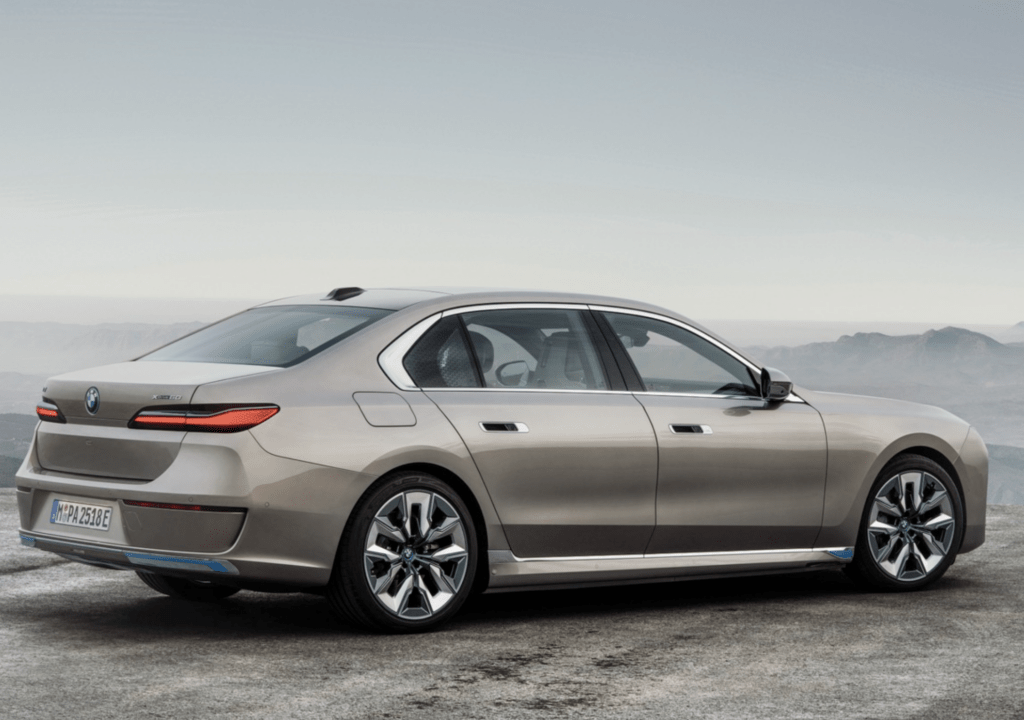
How long is the BMW i7?
The i7’s length is not just about a number; it’s about the space it offers to its occupants, the road presence it commands, and the statement it makes. It strikes a balance between being imposing and elegant, ensuring it stands out but with sophistication. But at 5.3 metres long to certainly does make a statement. Matched only by the length of its petrol/diesel counterpart the 7 Series and by Mercedes Maybach S-Class.
Does the BMW i7 have a telescopic steering wheel?
Yes, in line with its luxury positioning, the BMW i7 comes equipped with a telescopic steering wheel, ensuring drivers can find the most ergonomic and comfortable driving position.
Similar Electric Vehicles

